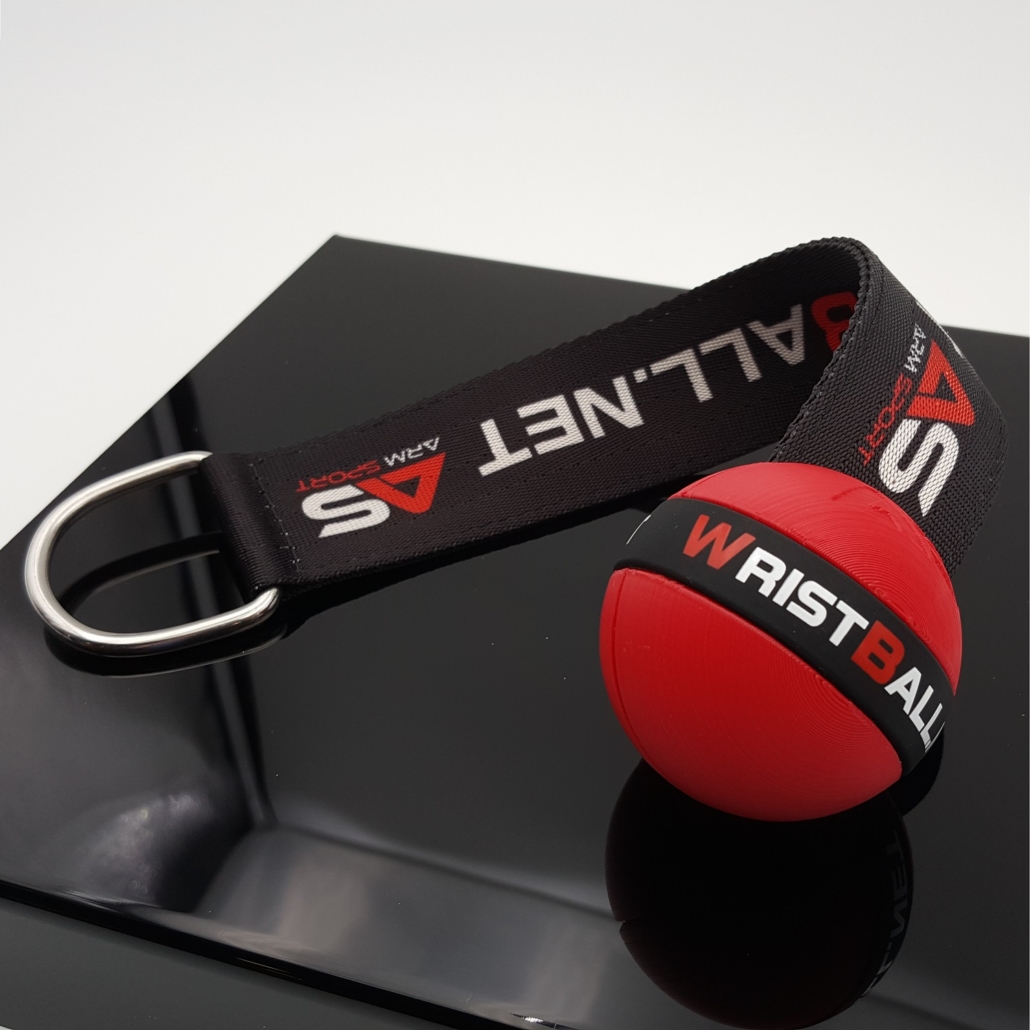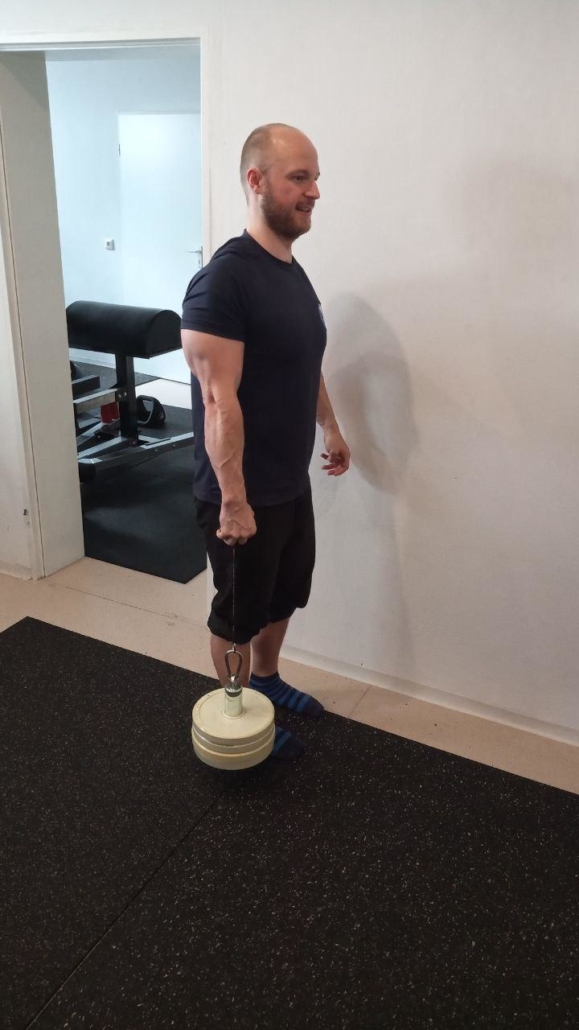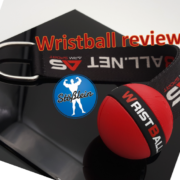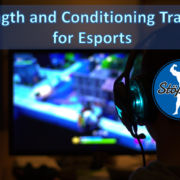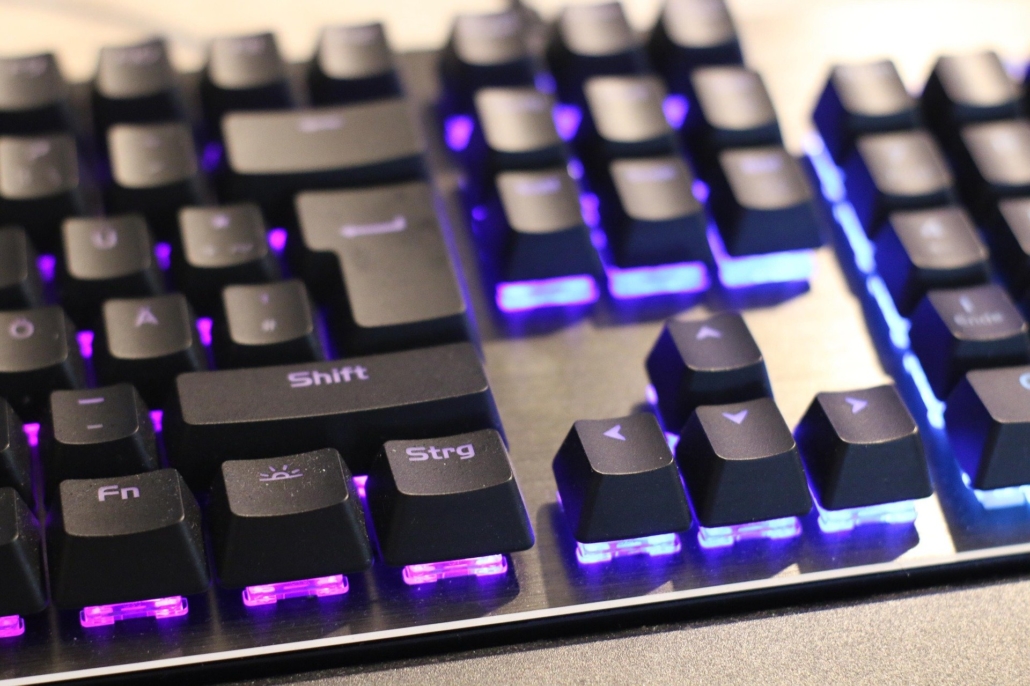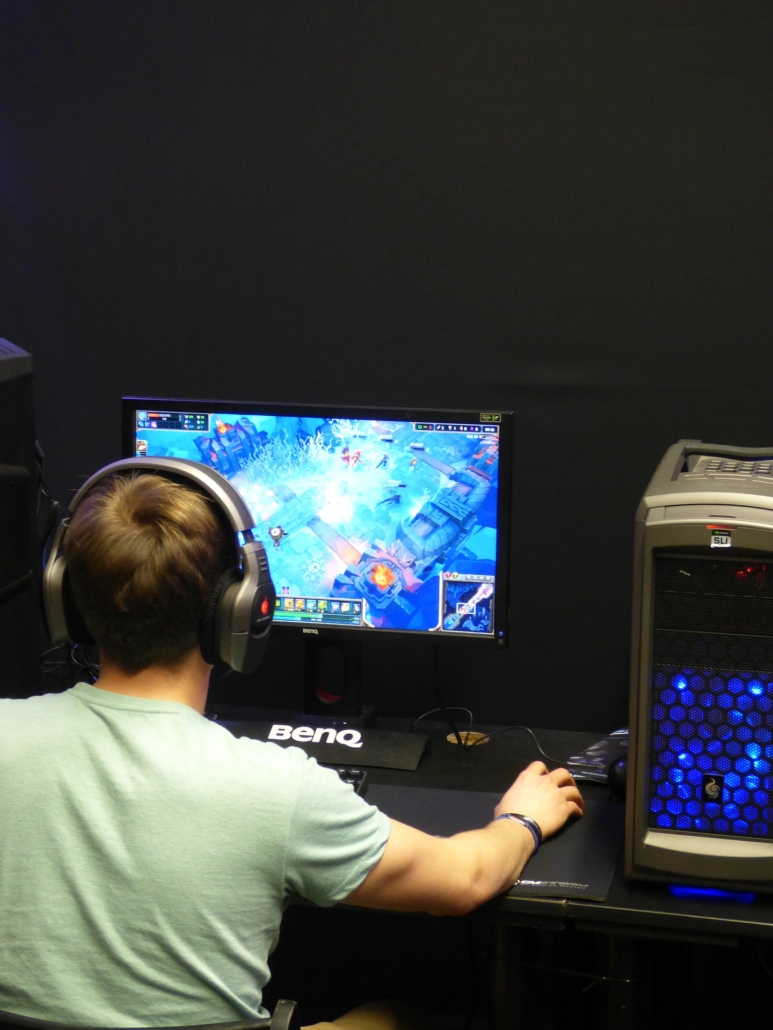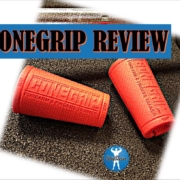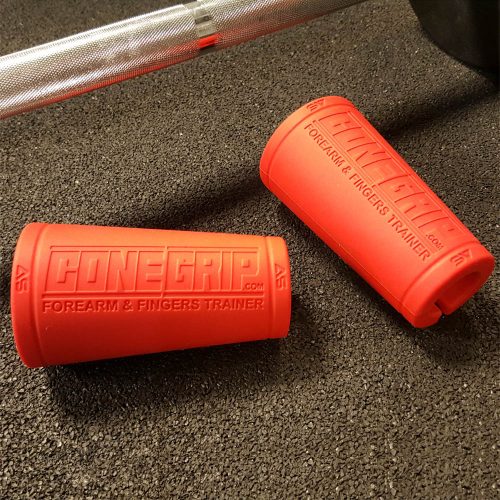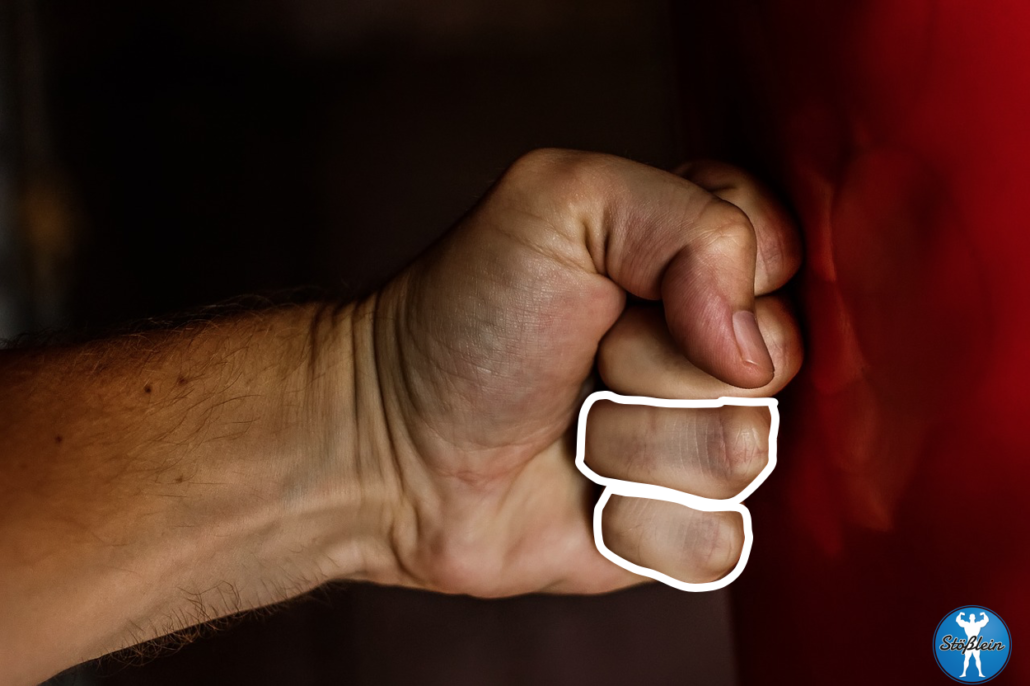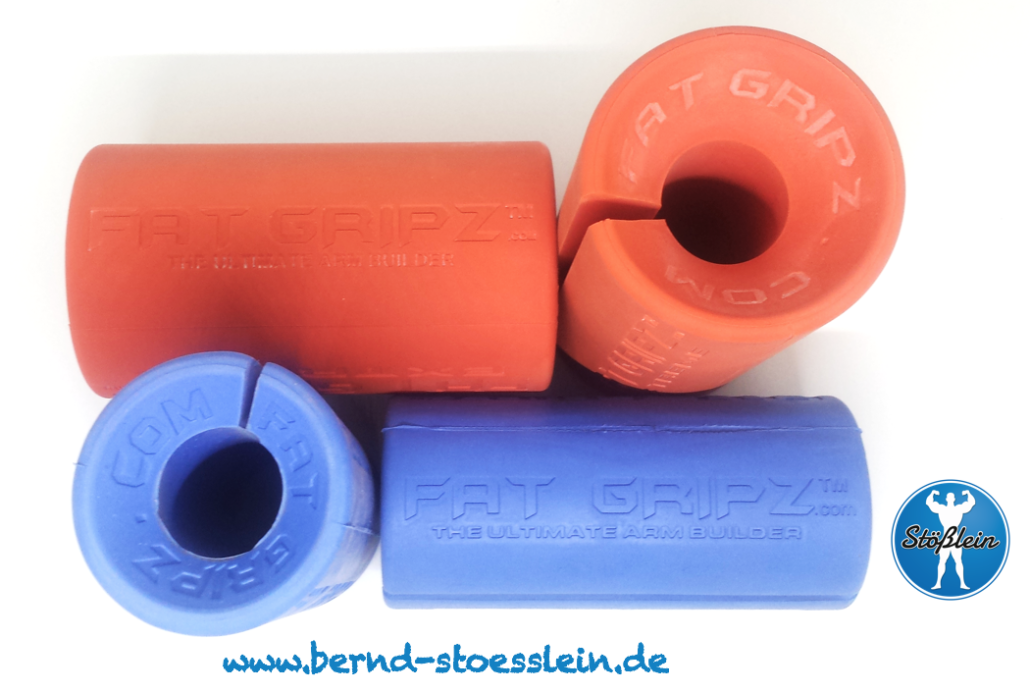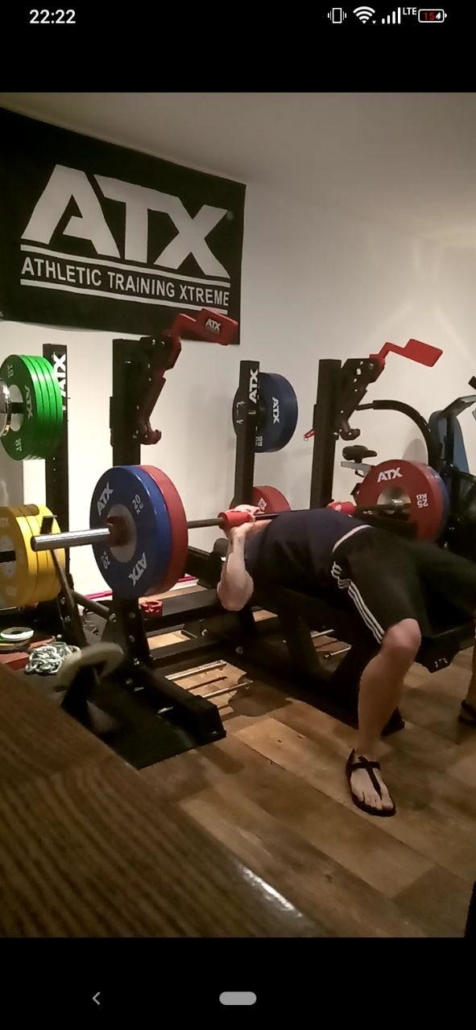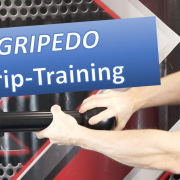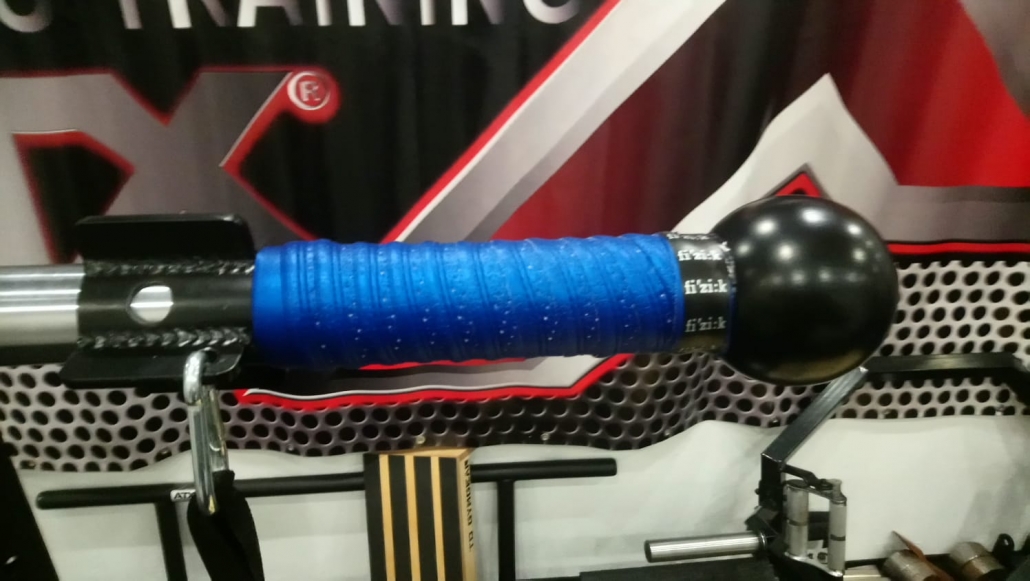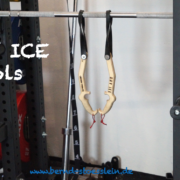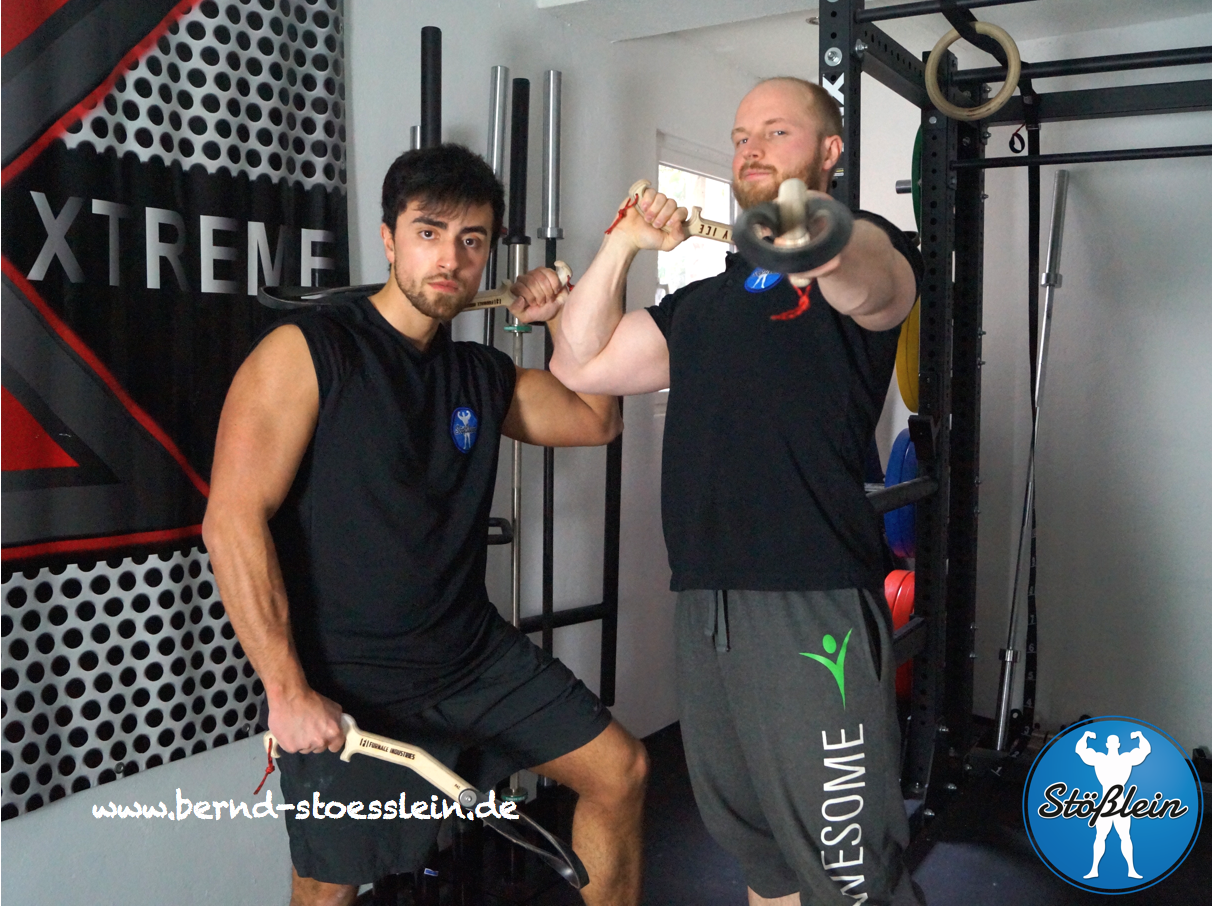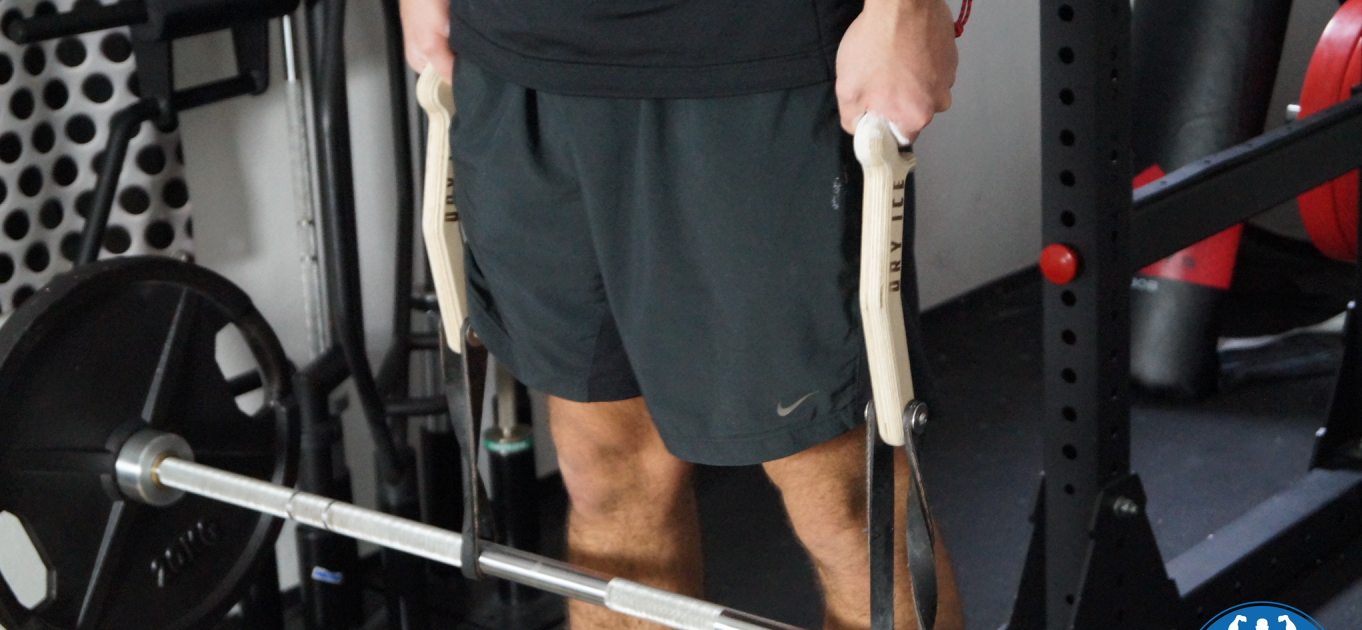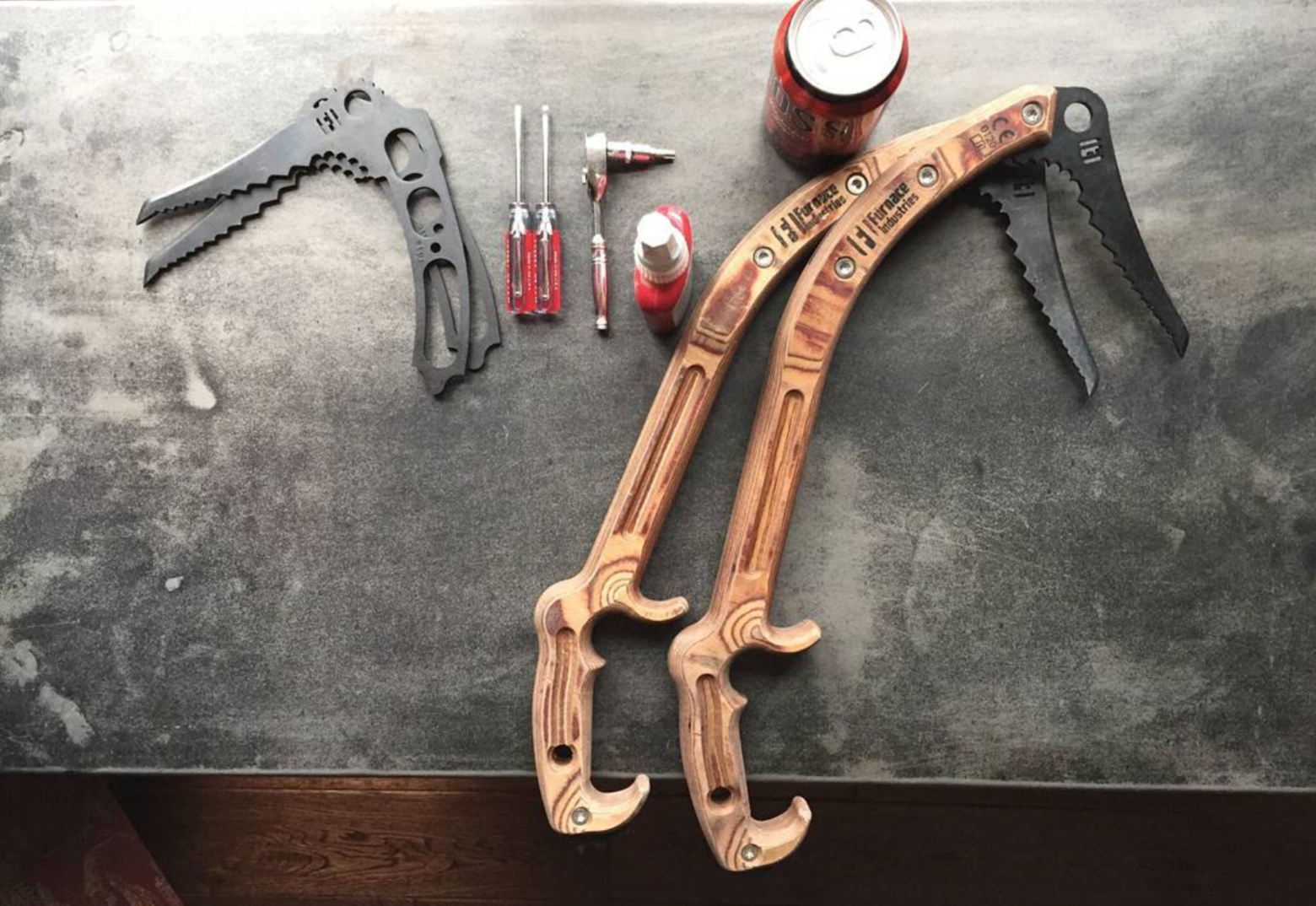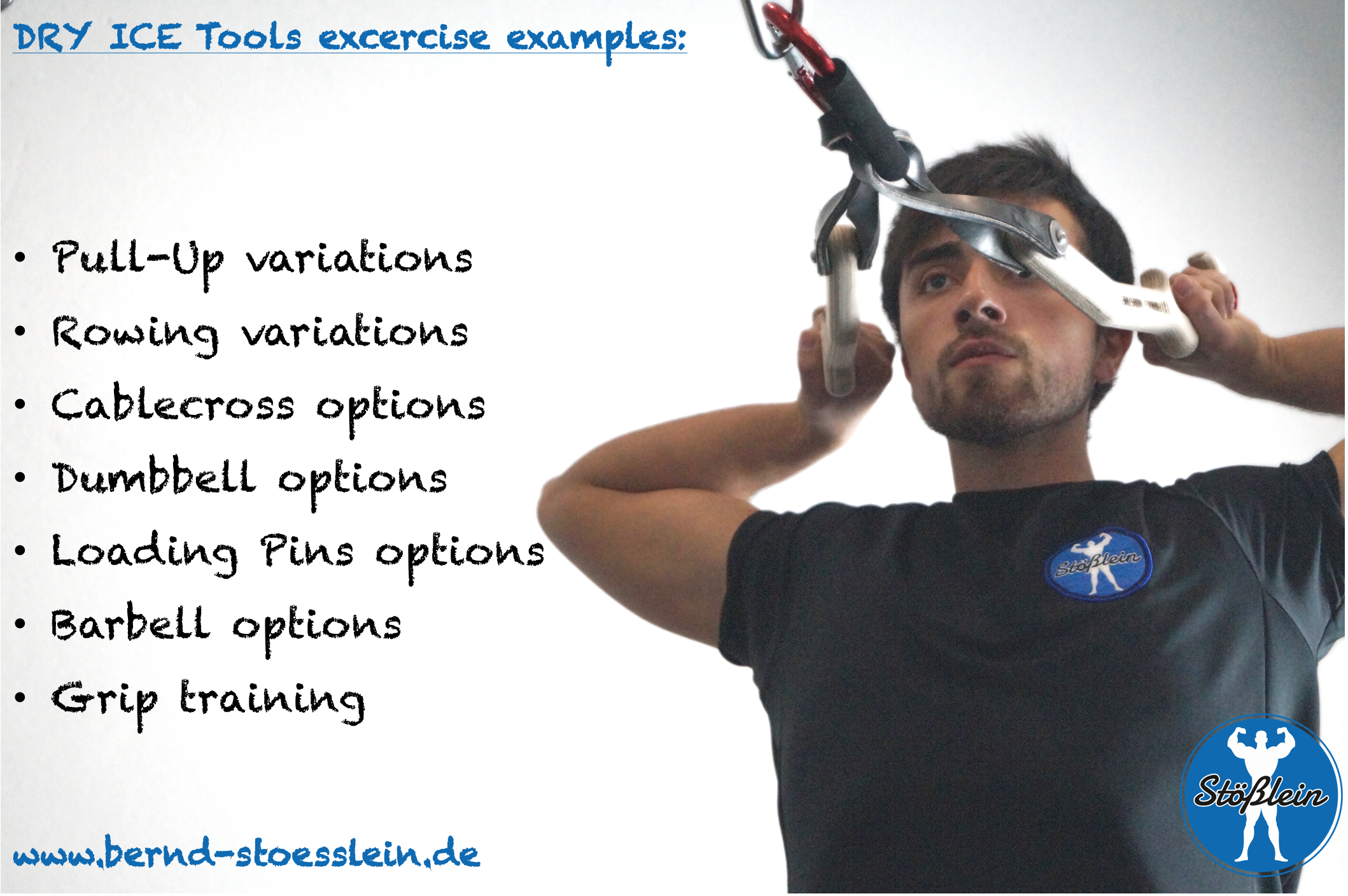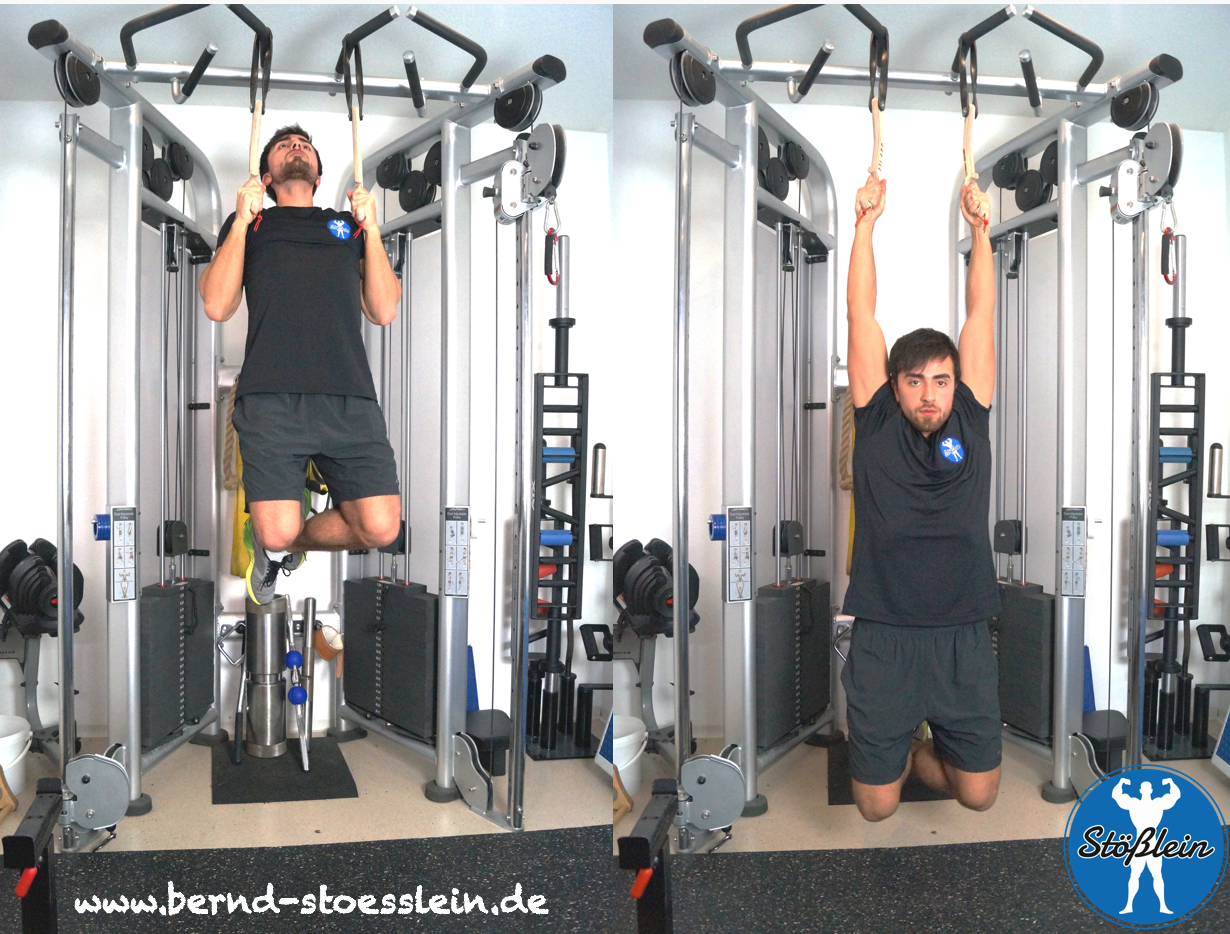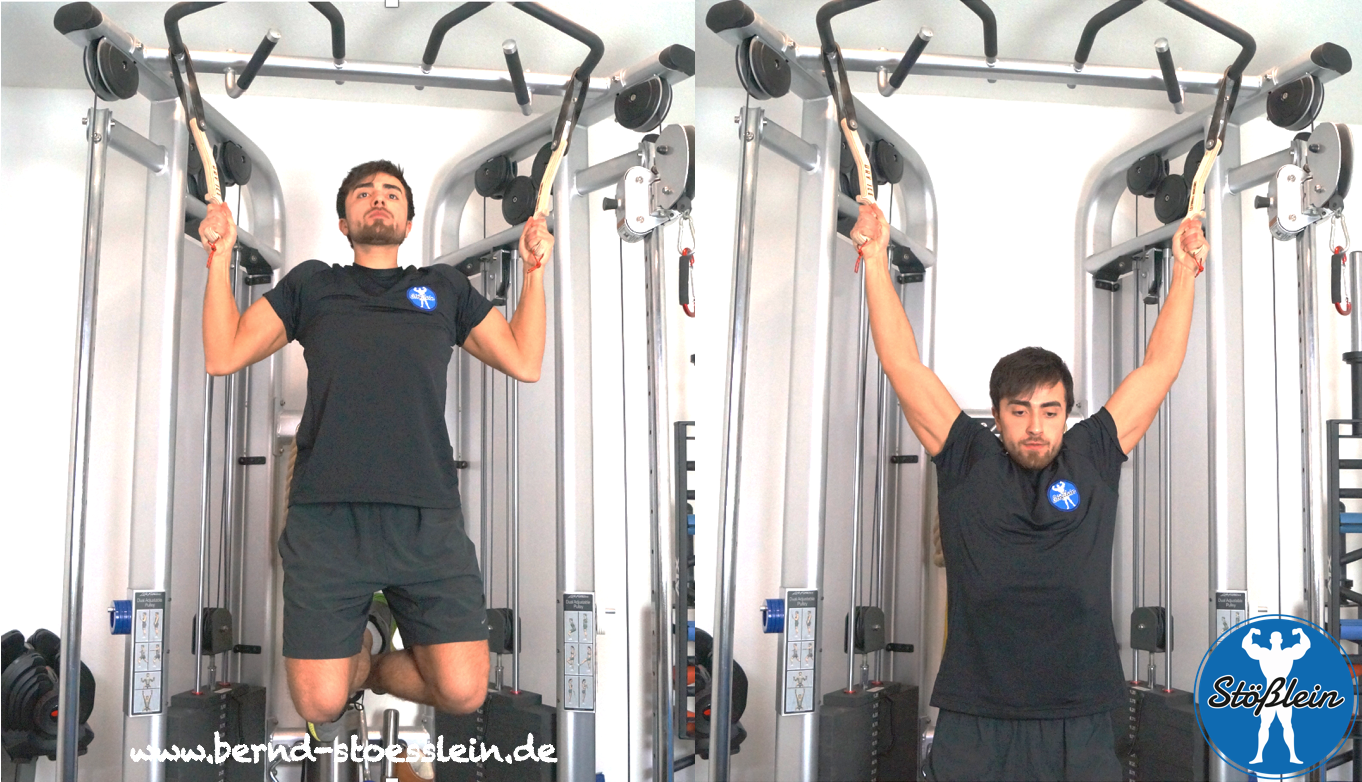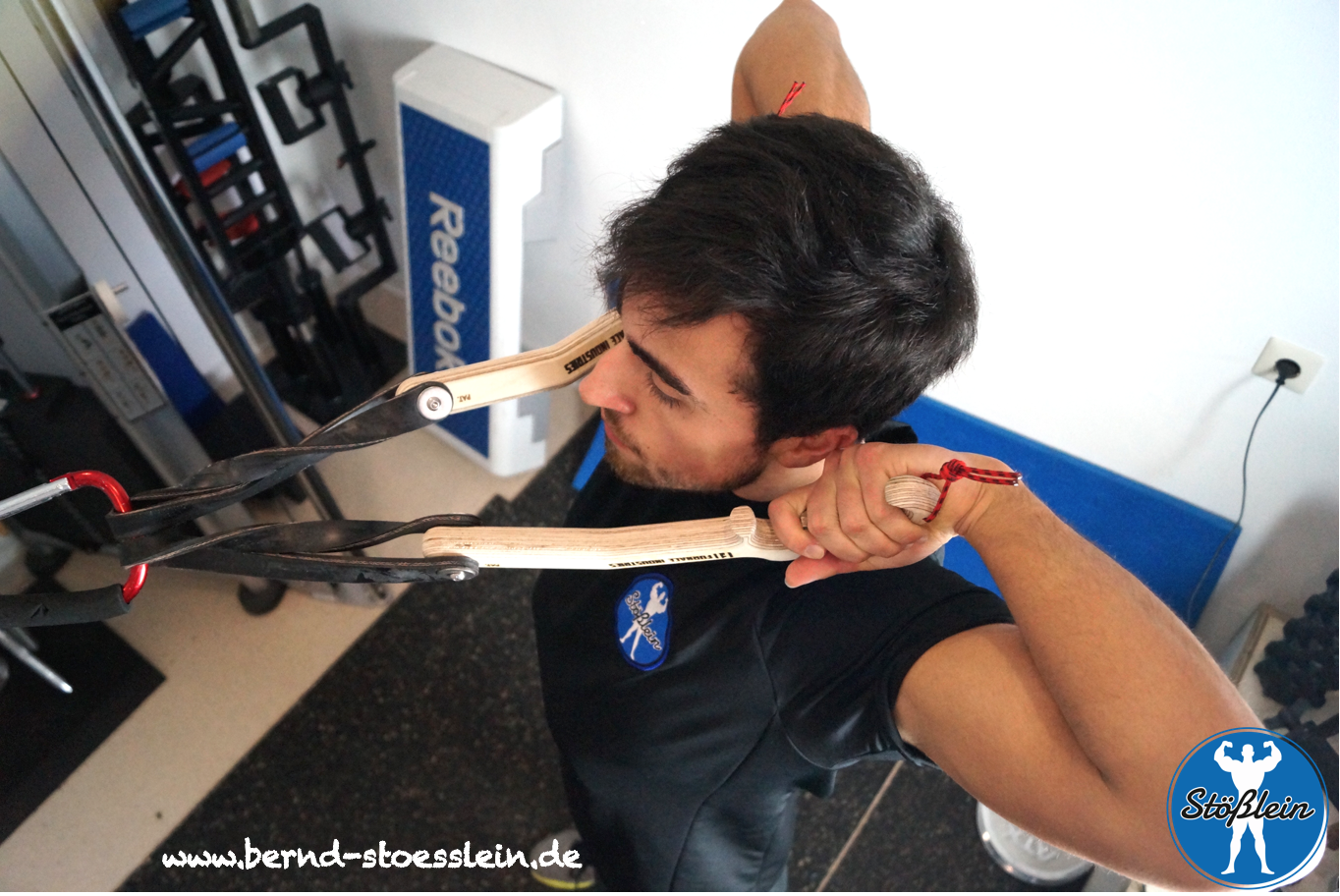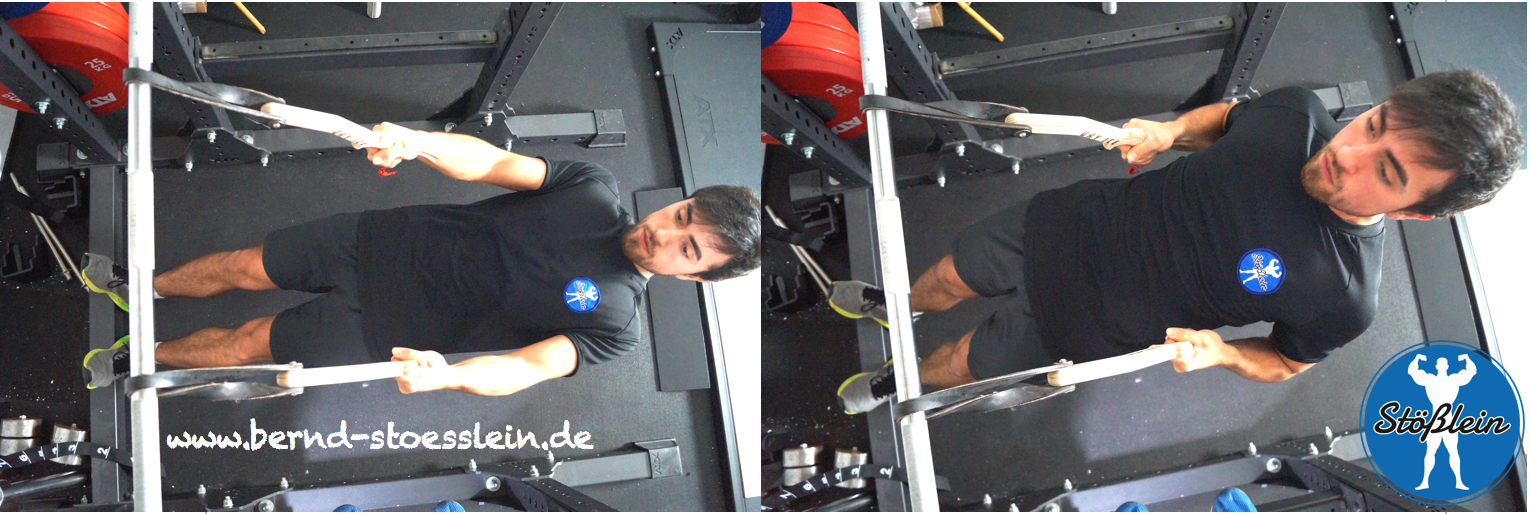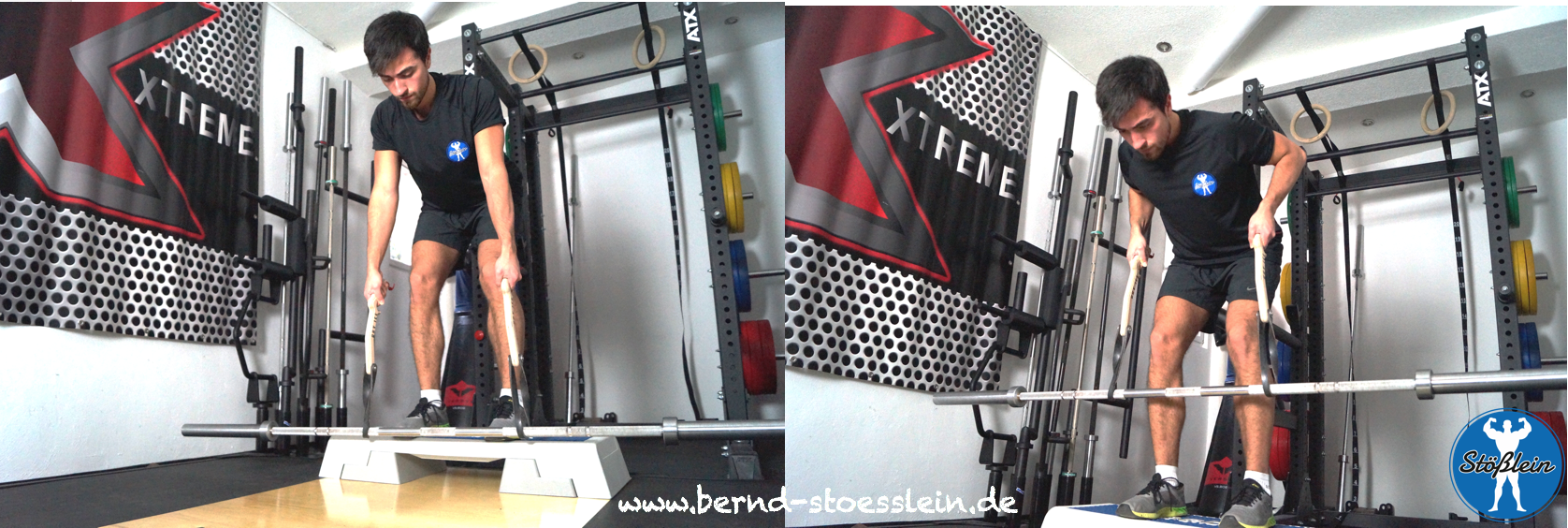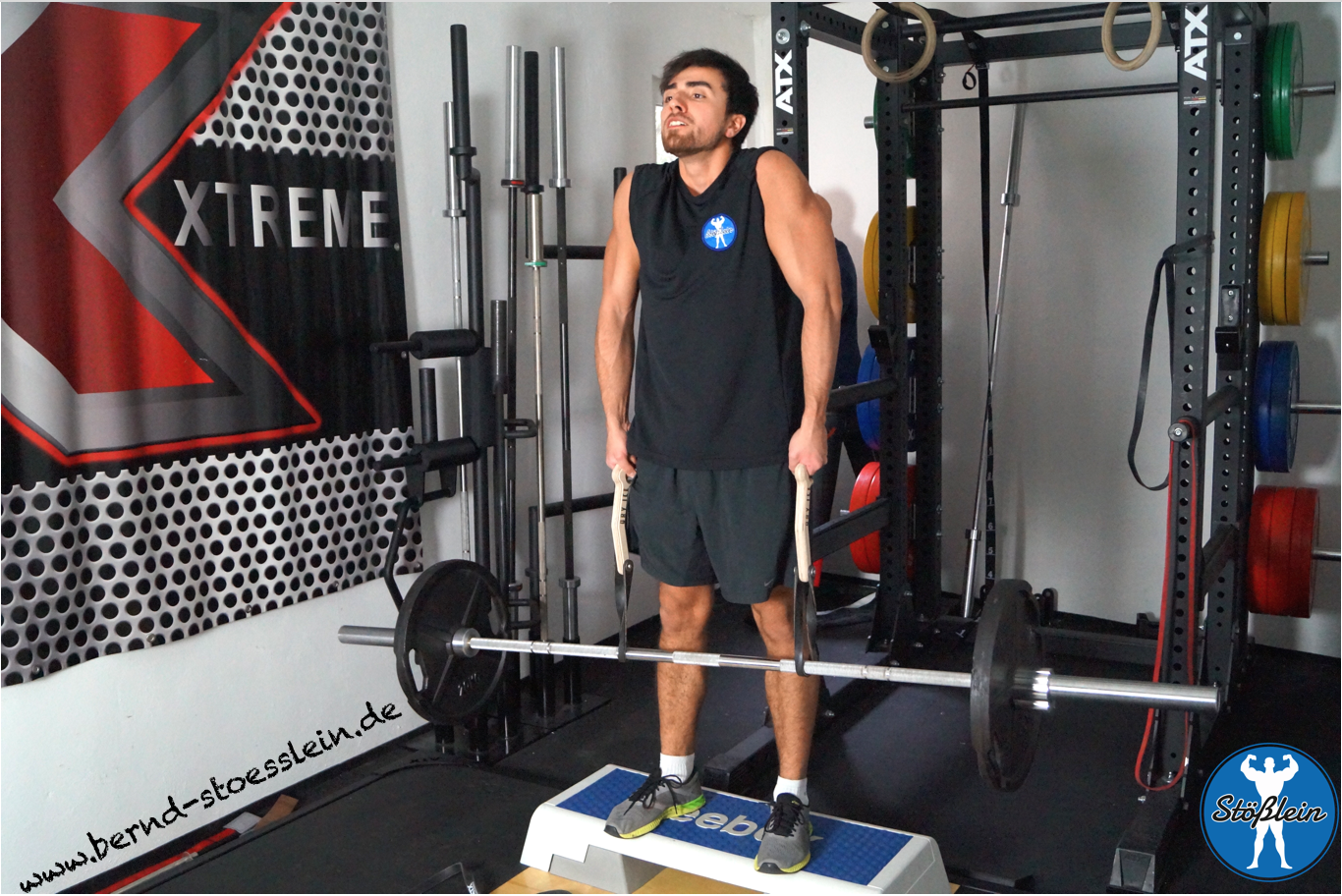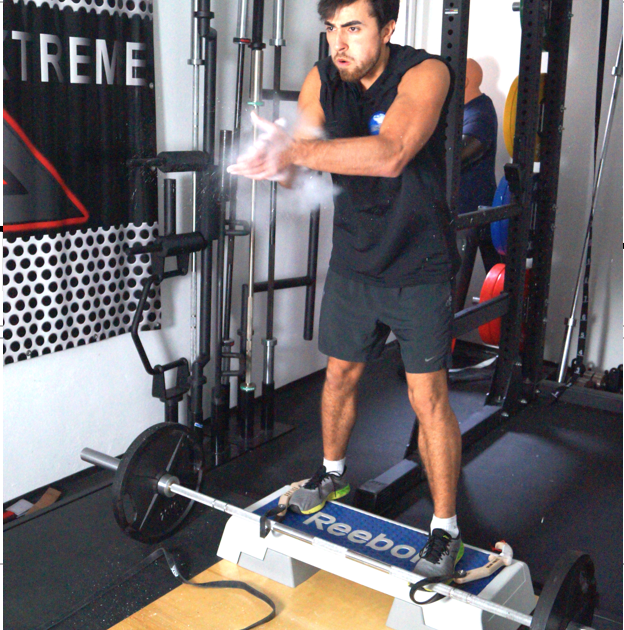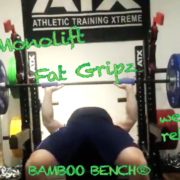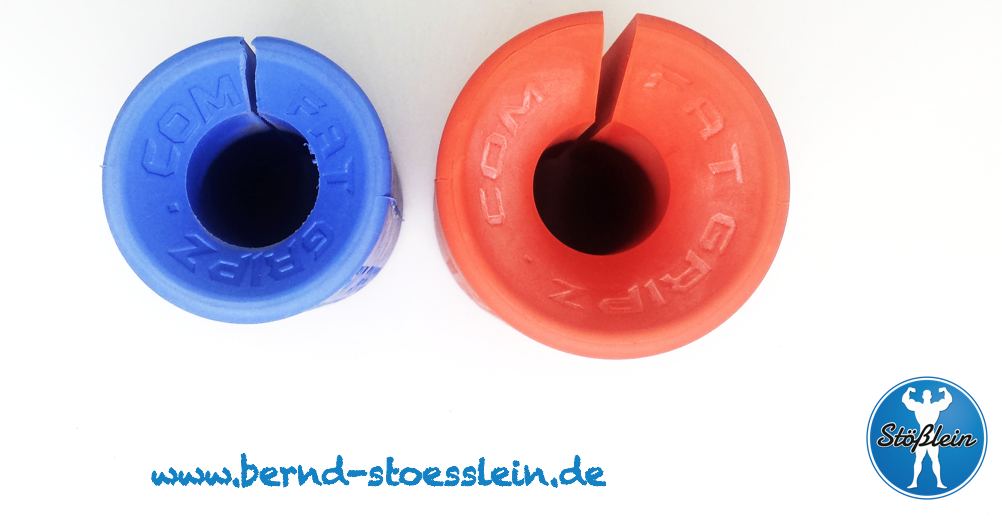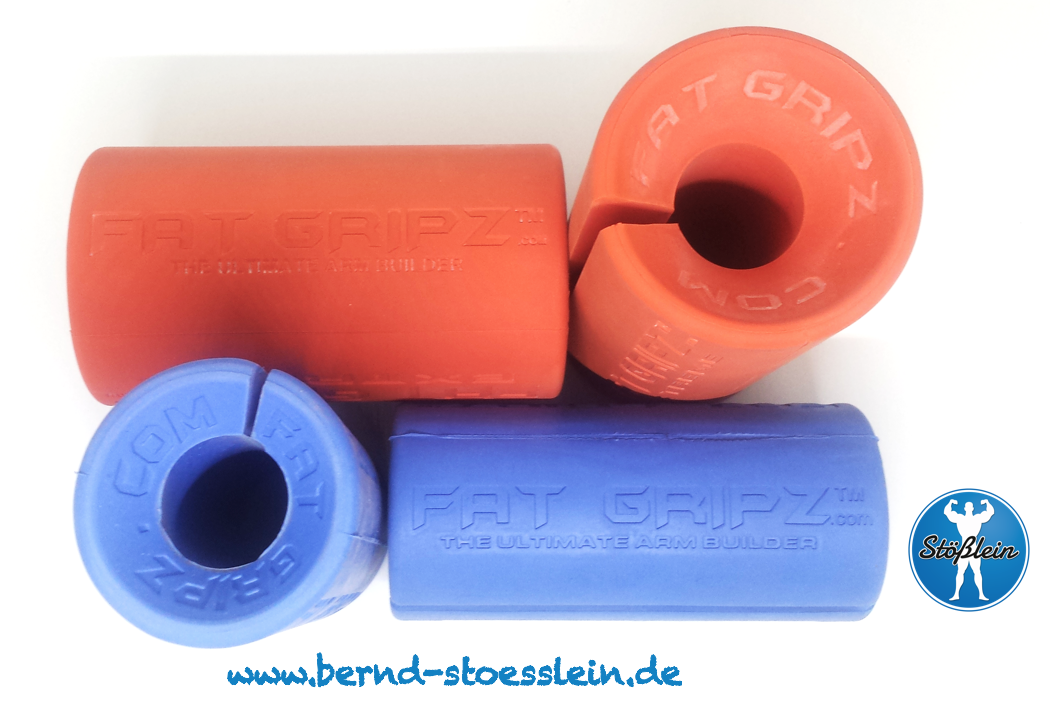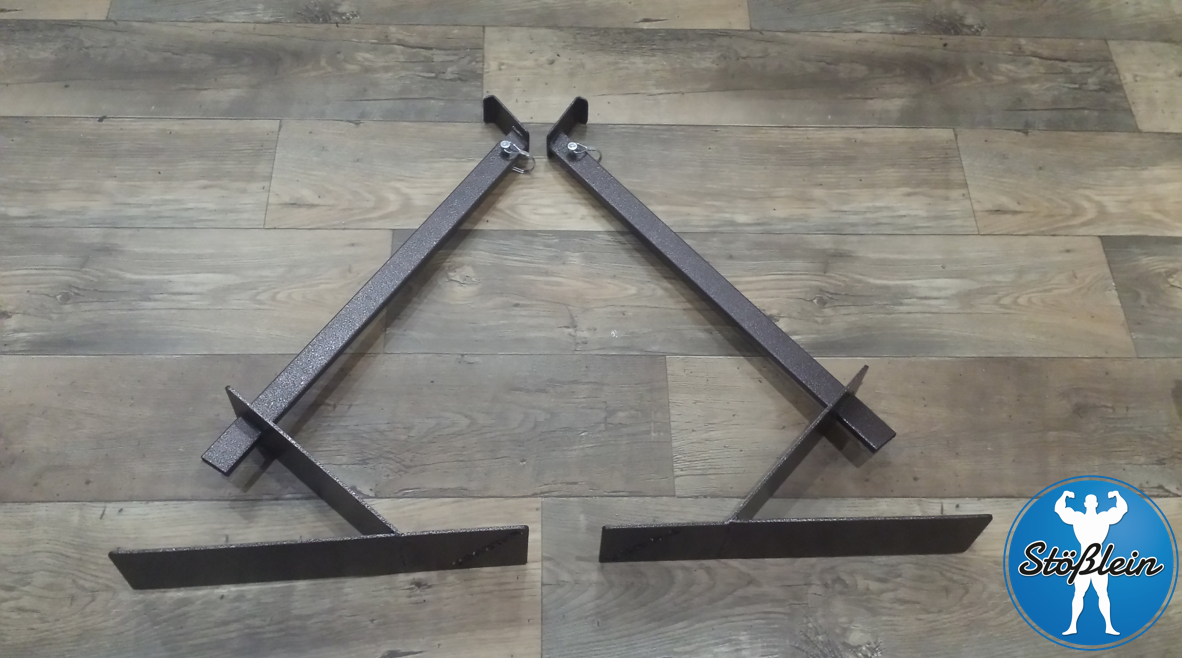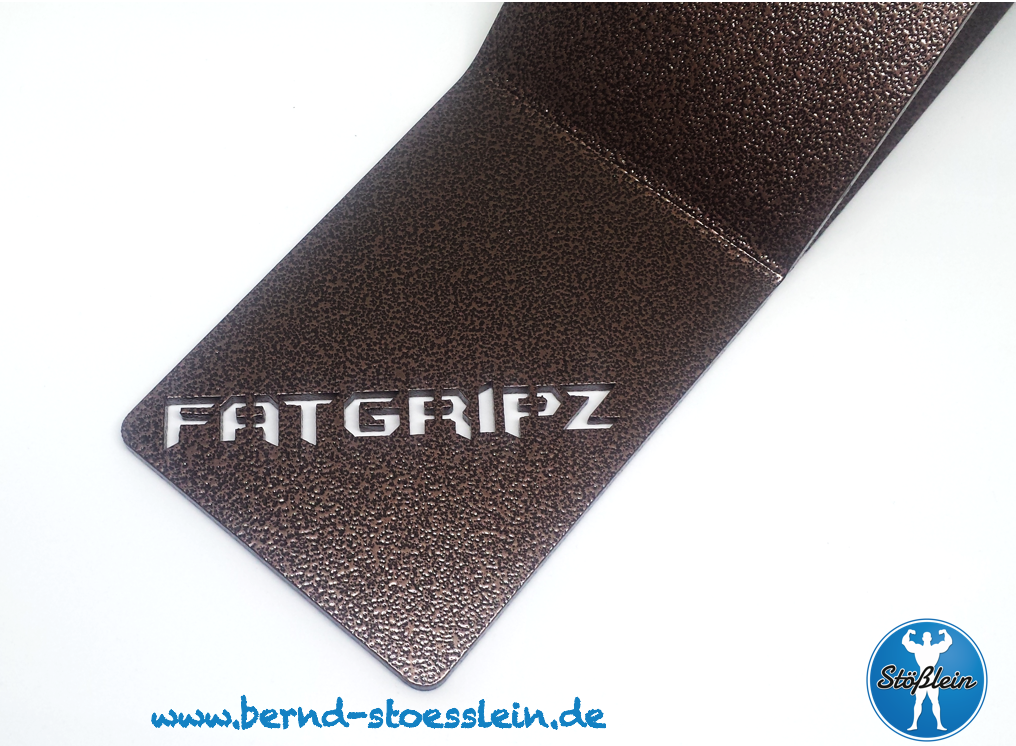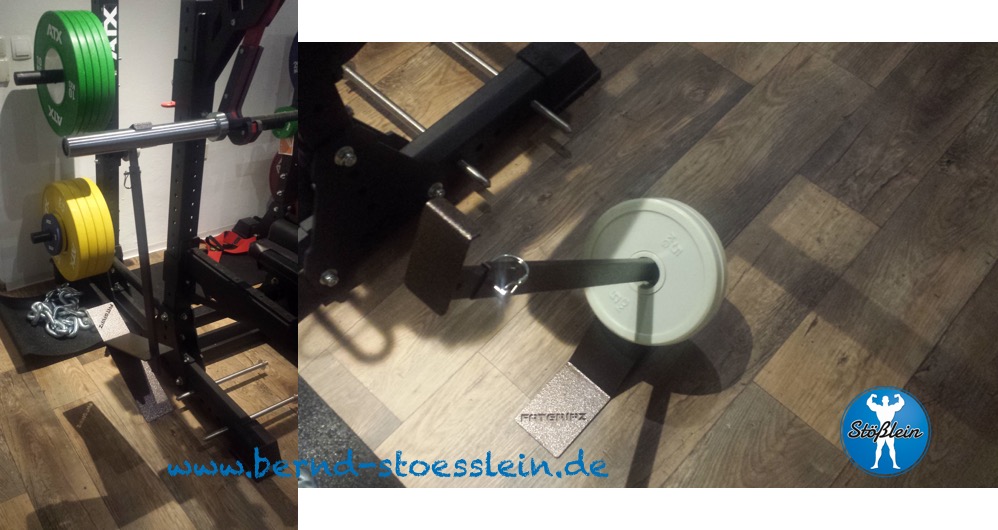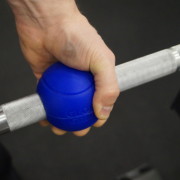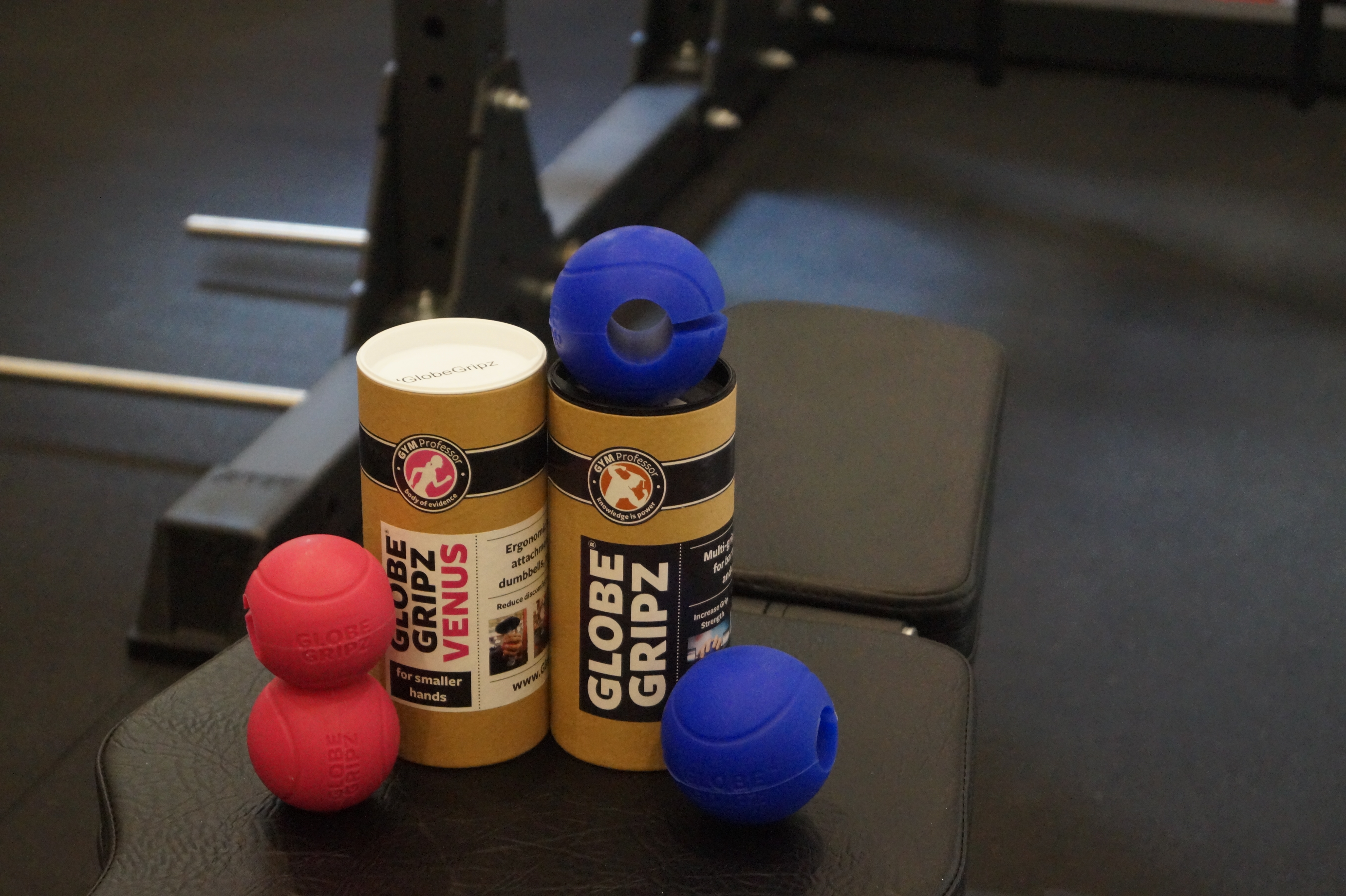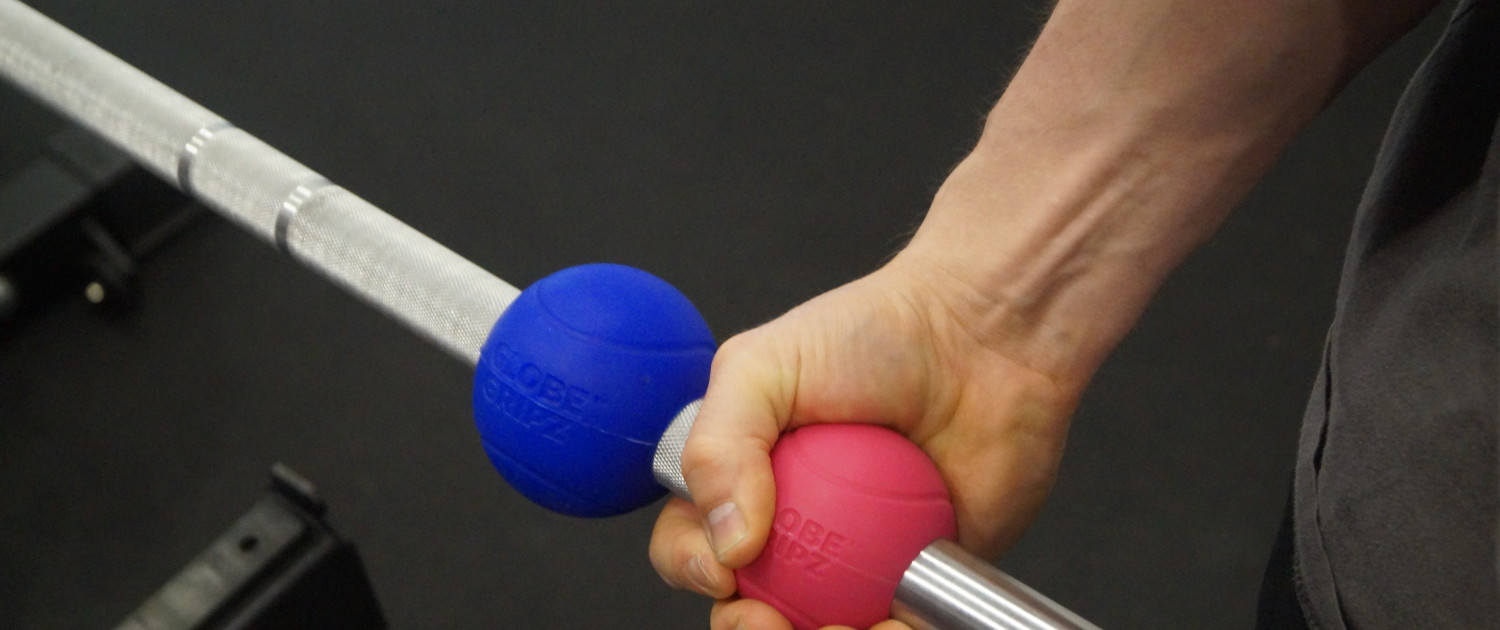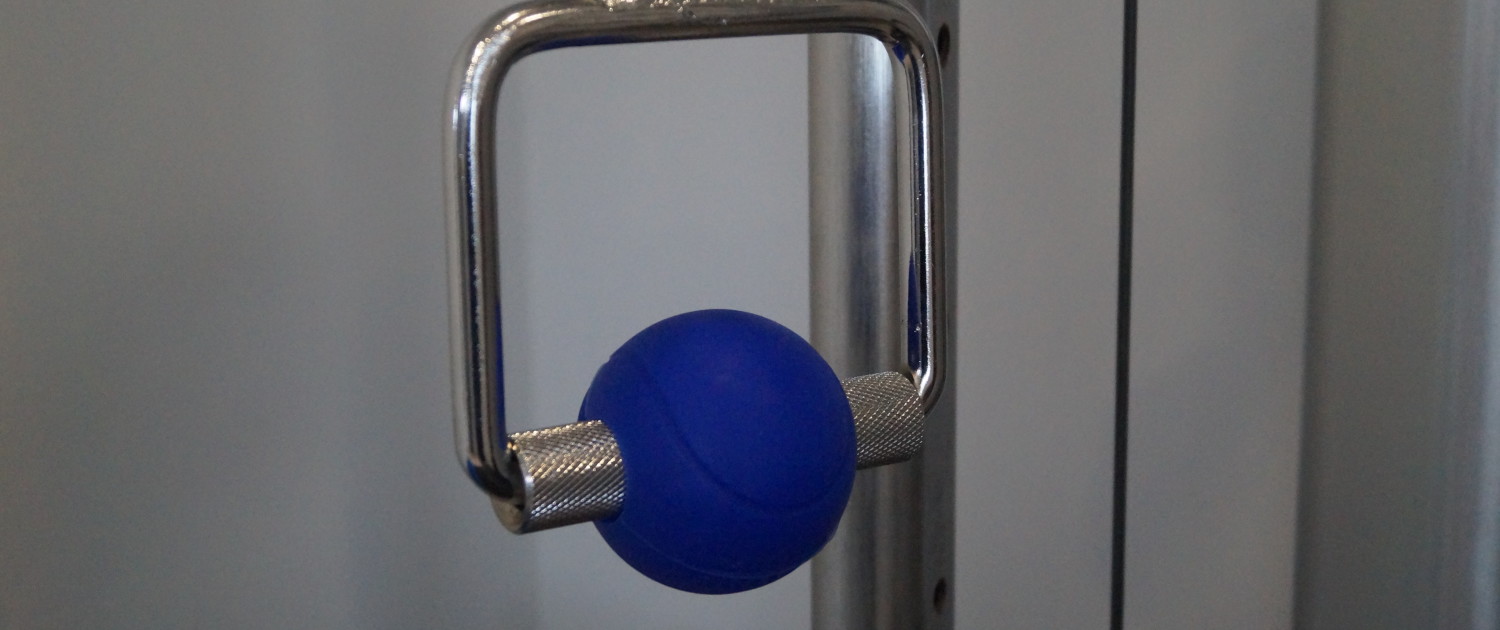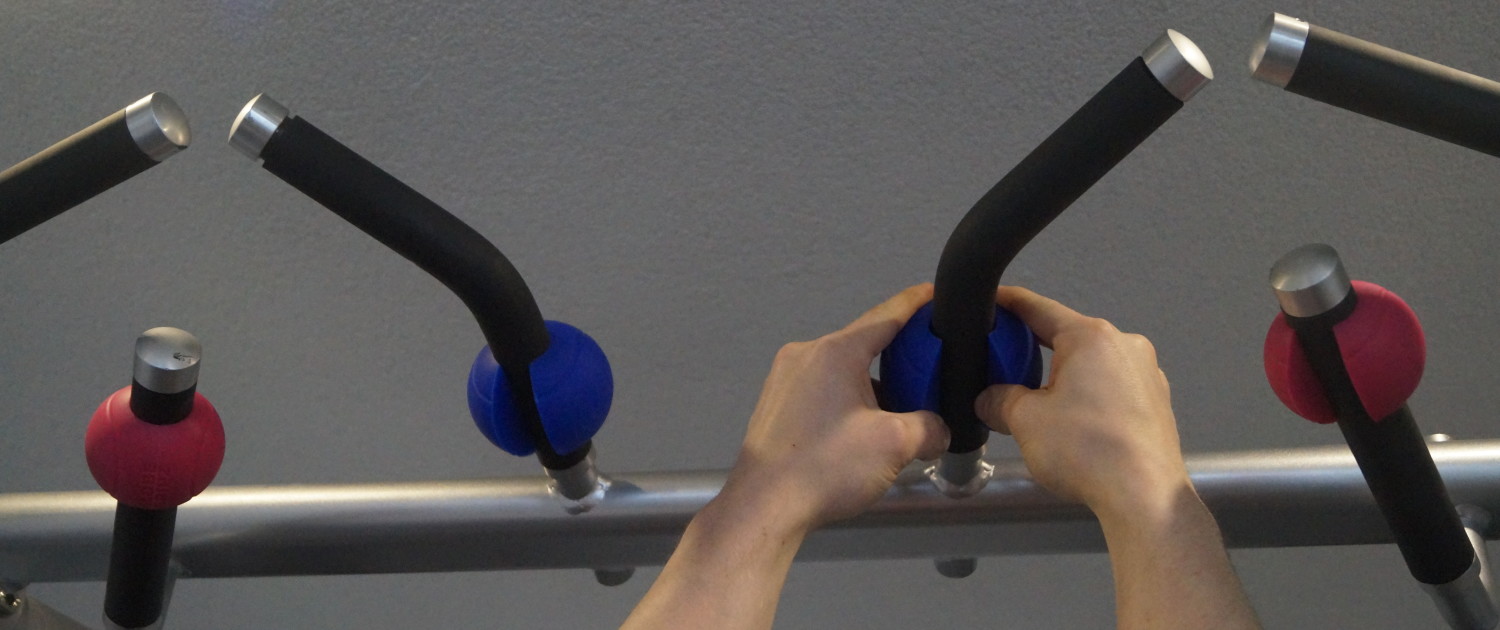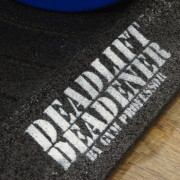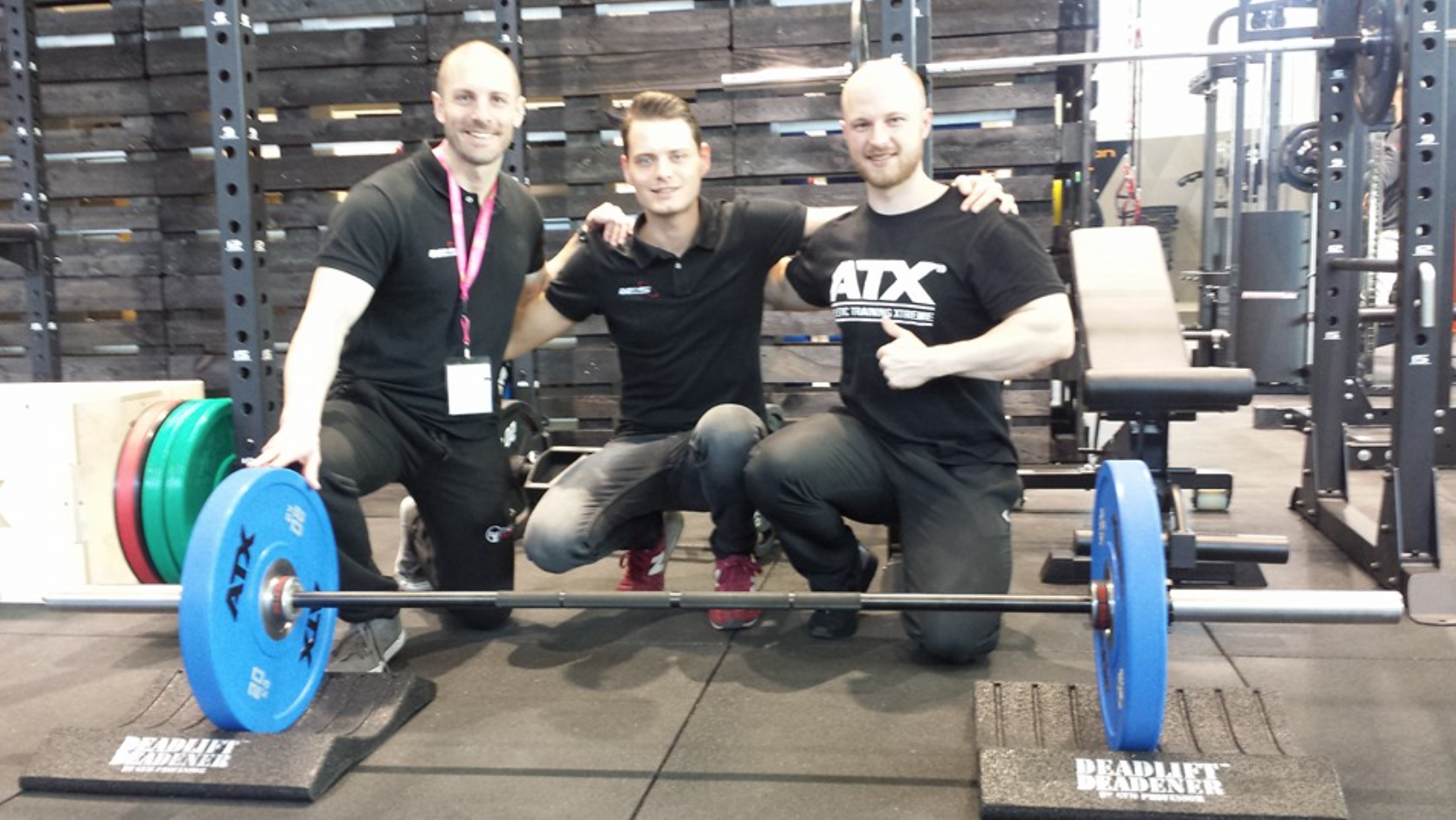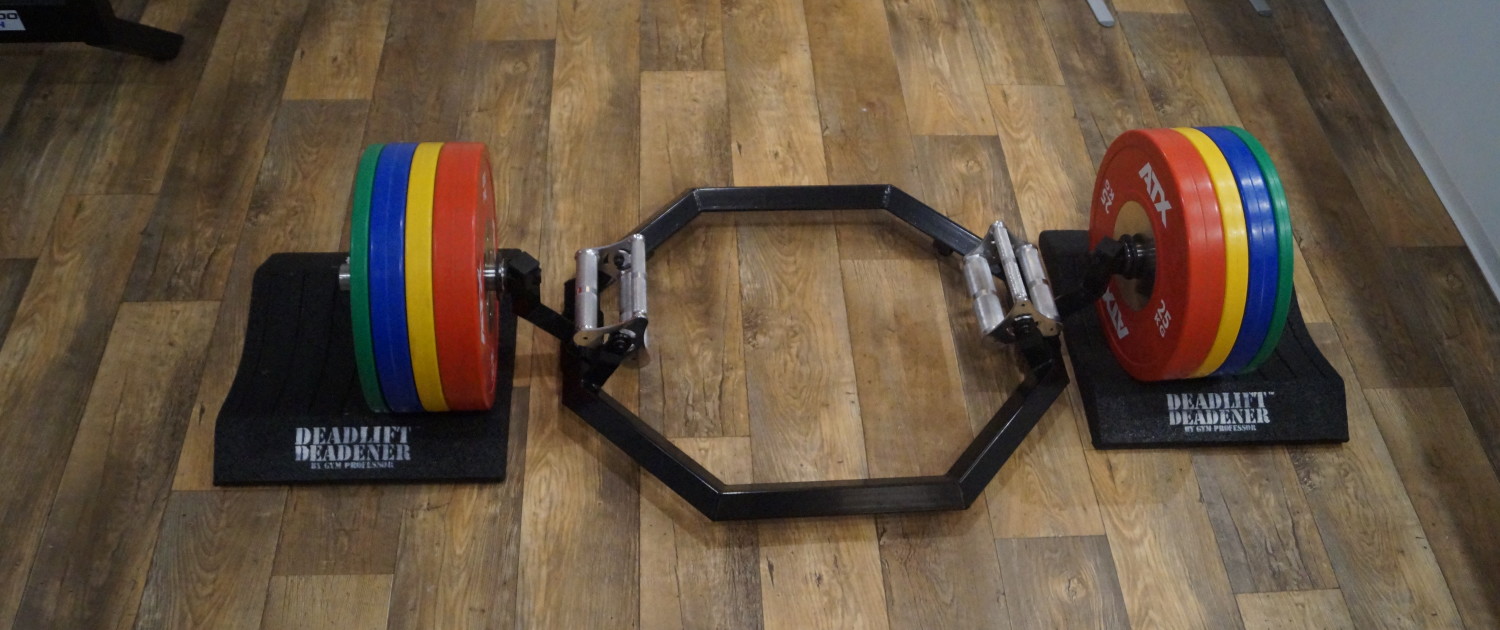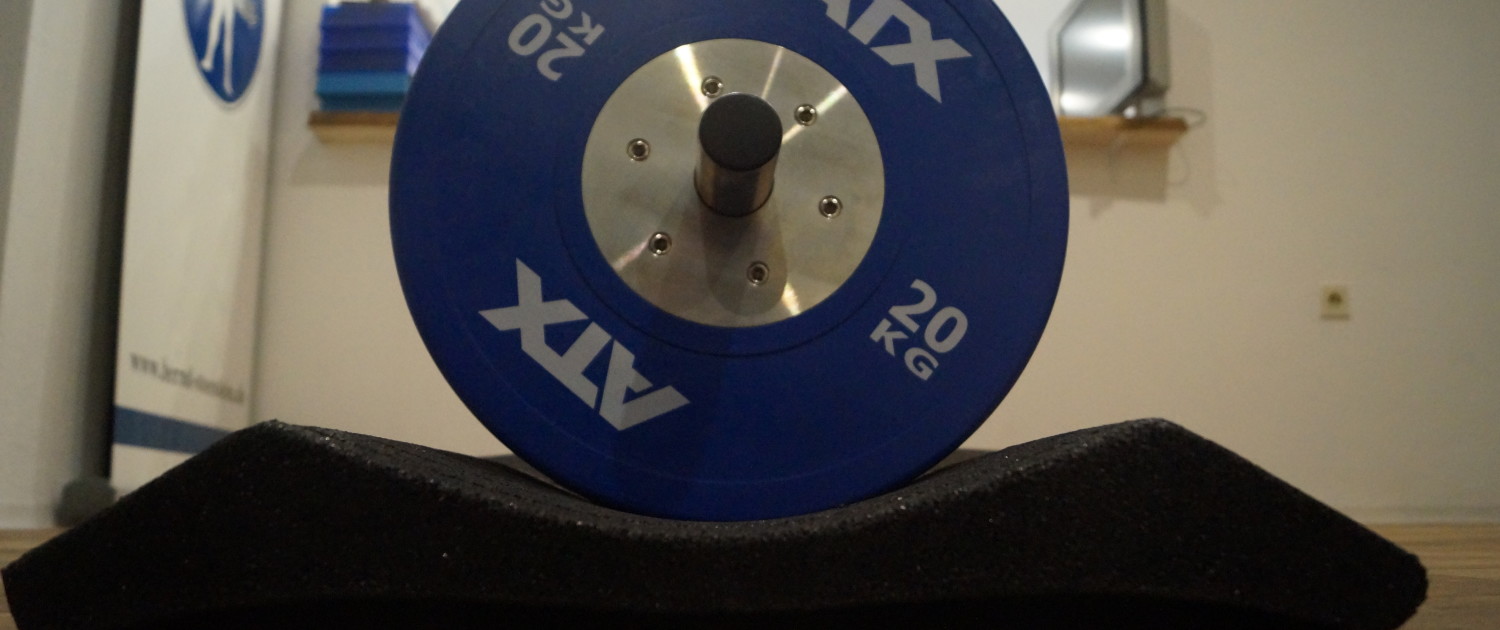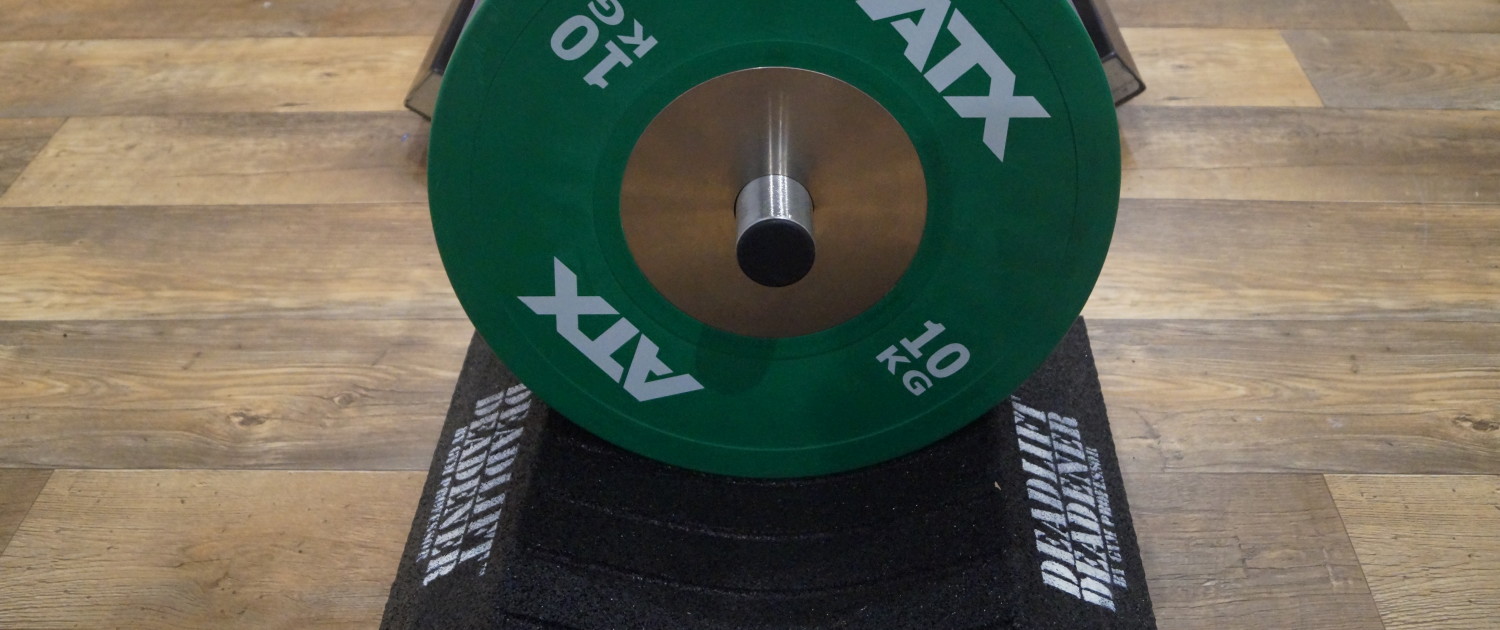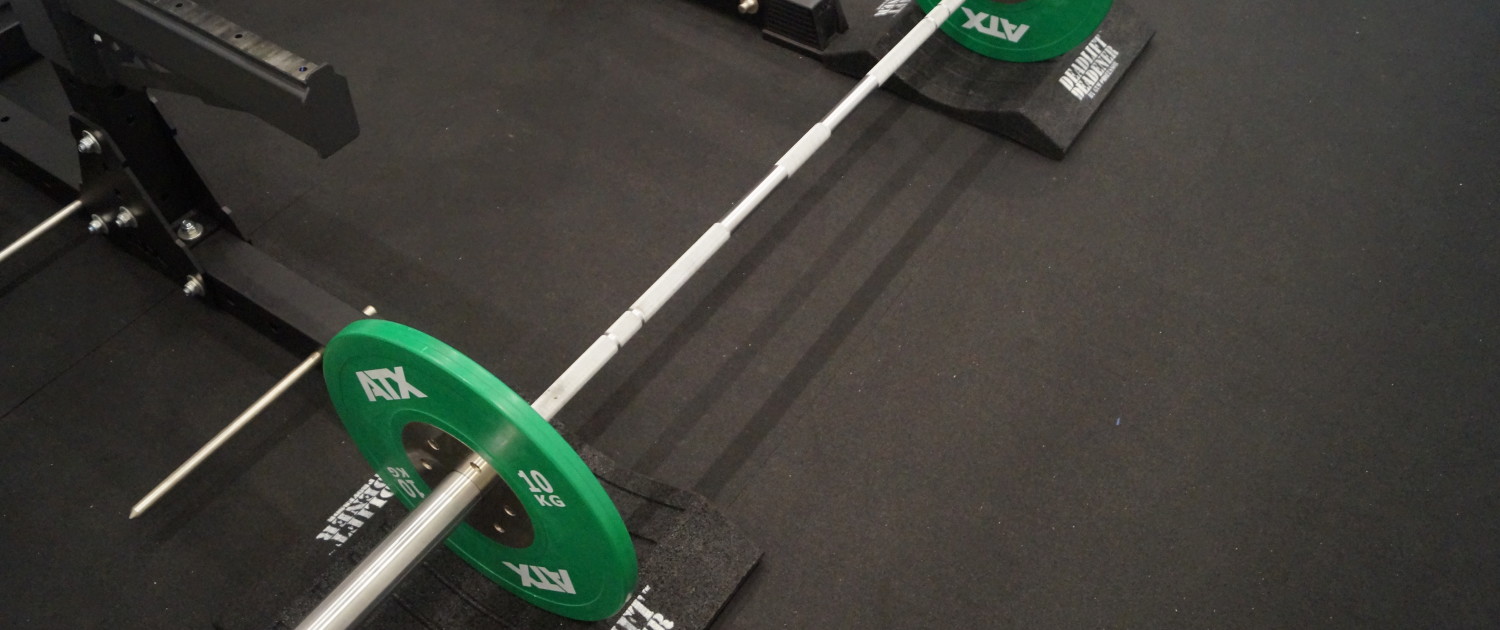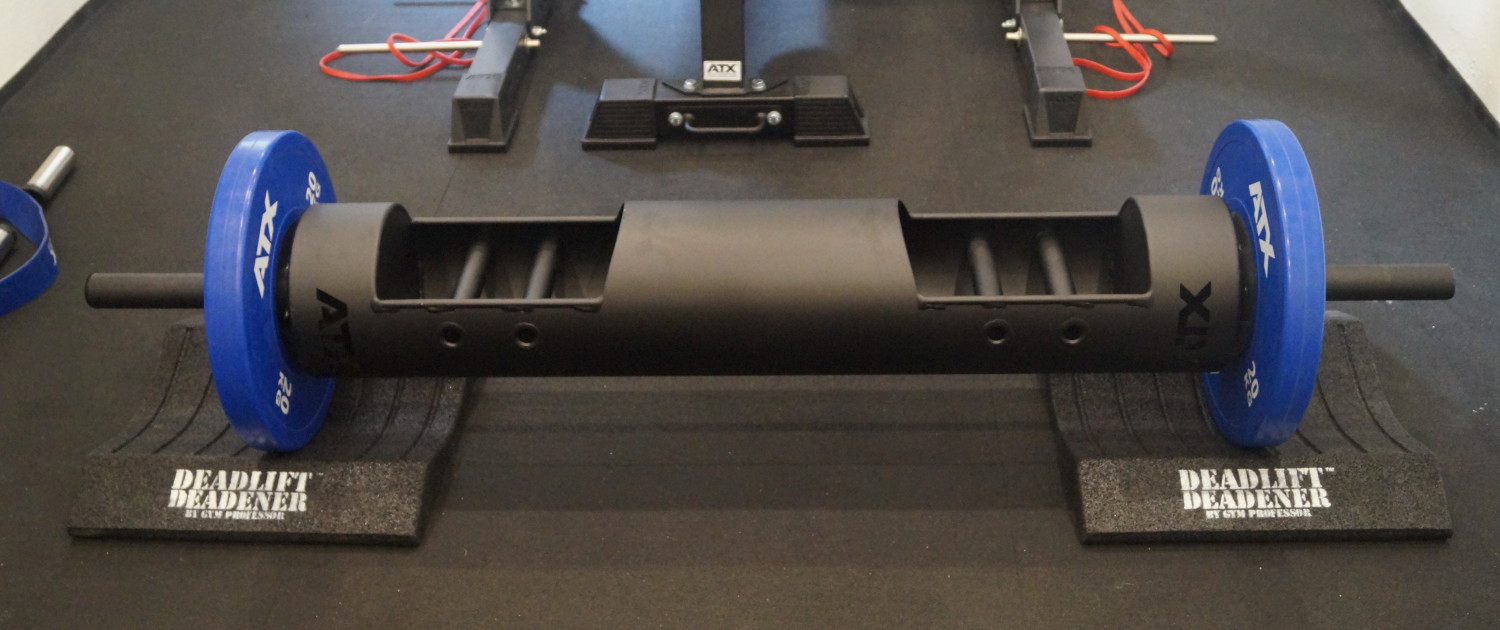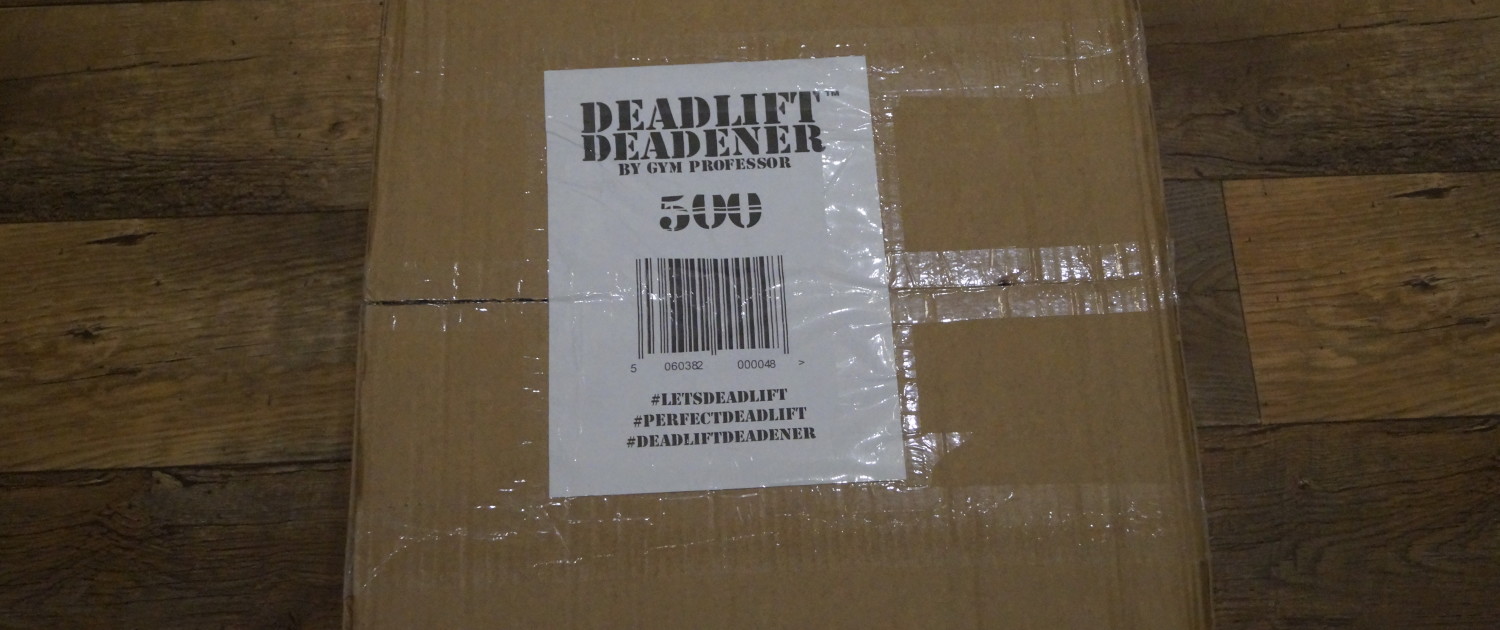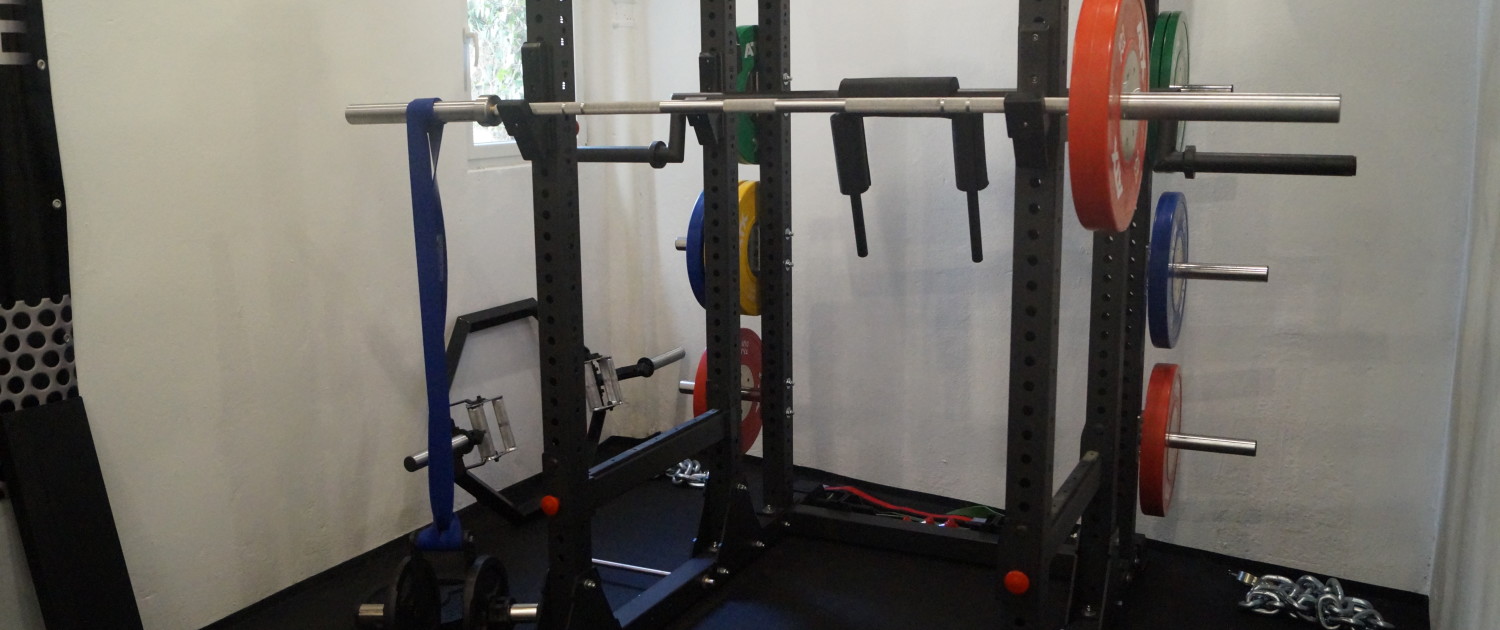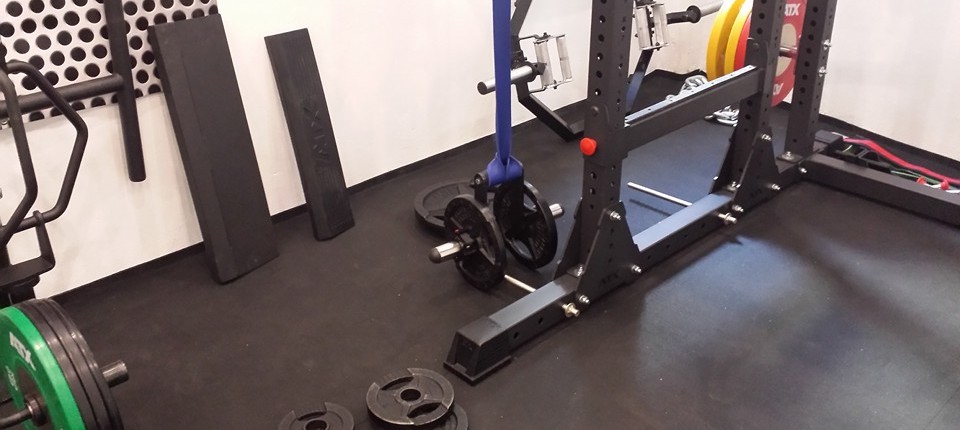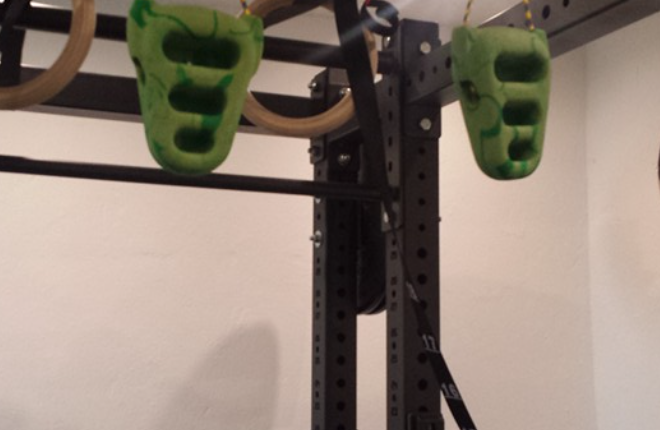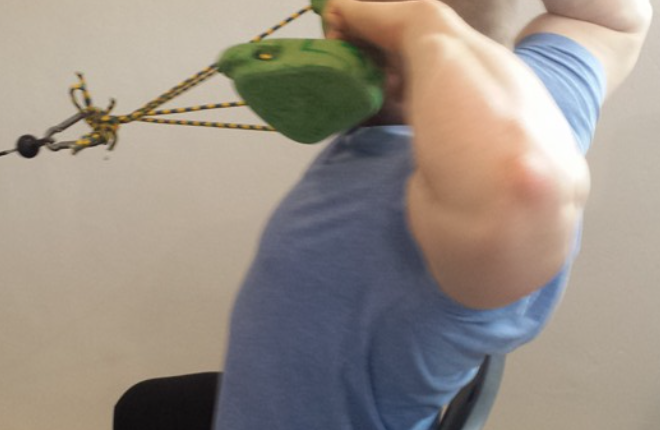Esports players should train like “normal”
professional non-esport related athletes! Every professional gamer should
invest in a professional Strength and Conditioning Coach, and there are at
least a ton of reasons to do so!
Esports players benefit from strength and
conditioning training as it is a sport specific performance coaching,
consisting of a special nutrition designed diet, posture improvement,
musculoskeletal efficiency enhancement, brain coaching for faster neural
processing and so much more!
Regarding how much money pours into esports, it
would be simply stupid not to consider, and treat, pro gamers as professional
athletes! But just like any other professional athlete they should hire a
professional strength and conditioning coach to get a winning edge!
This article is primarily designed for
professional esport players, those who want to make a living out of pro gaming
and how the collaboration with a professional Strength and Conditioning Coach
will enhance their game.
My article is also intended to show Strength
and Conditioning Coaches how they can work with professional athletes they
might never have thought of and how and where they might start to work with
them.
Ok, what does a Strength and Conditioning Coach
for professional esports do? Well, pretty much the same he does with all his
other professional clients, too. He trains them in a sport specific manner, to
make them better athletes in their particular sport.
Esports – The
relentless training of professional gaming stars
If you’re reading this because you’re a
professional esport gamer, respectively athlete, I won’t have to explain you
how relentless and hard you’re training to be(come) one of the world’s best.
For all my other readers I will give a brief
overview of how intensive a pro-gamer’s training routine is:
It’s not uncommon for professional esport
athletes to perform gaming for more than 12 hours daily, on a regular basis,
respectively every day!
In an industry in which the fraction of a
second can decide over hundreds of thousands of dollars, the margin for errors
is thinkable small!
Esport is not a sport?! That’s probably what
lots of non-gamers might think now. What’s the deal? You sit all day long in
front of a computer, watching your ass getting bigger and bigger? Everybody can
do that…
Something like that is what you usually hear,
when you talk about people who are not related to sports of any kind and
particularly not to esports!
Esports – the fastest
gamer wins!
From a traditional point of view esport gamers/athletes
are not what you have in mind when you think of an “athlete”. A bunch of guys
sitting in their mom’s basement thriving on junk food and energy drinks to stay
awake as long as possible.
You might change your stereotype view!
Esports have evolved in the last decades to a
multi-million, respectively multi-billion dollar industry!
Their top athletes have sponsoring contracts,
earn hundreds of thousands of prize money and are followed by a huge fanbase.
Just like other professional non esport athletes as well!
Being a pro esport gamer requires you being
able to process information as fast as possible to make the winning move!
That means that it is not only some typing on a keyboard and scrolling around with the cursor of your mouse. It is about the speed of information<—>reaction time!
How fast can you absorb, realize, interpret
your esport related environment (game) AND how fast you can take action!
According to that there are lots of points that have to be taken into consideration:
- Range of Motion (ROM) improvement
- Information processing capacity in
total
- Neuromuscular control
- Fine motor skills
- Sensory perception (especially
visual and auditive)
- Alignment of musculoskeletal system
- Neuronal efficiency
- Motor control efficiency
- Firing rate of motorneurons
- Nutrition
- Supplementation
- Biochemistry (Neurotransmitter !)
- Much more
- Physiology & psychology
As you can see there are lots of things you can
optimize with an athlete. Please bear in mind that the list above, by all
means, is NOT complete! It’s just to give you a glimpse of what you can work on
with a professional Strength and Conditioning Coach!
Esports and brain performance optimization
Of course every pro gamer wants to be the best.
A simple yet effective way of improving an esport athlete’s performance is to
“rewire” his/her brain!
This does not mean that you haywire some
neurons…it’s a metaphorical meaning!
How can you do that? Well, I’ll give you a
little glimpse of how I do it, by correcting/improving visual perception.
As I write more in detail in my article about
my Brain Coach Performance Certification:
“ (…) it
simply has to do with basic human anatomy and how your brain is wired. How you
observe and process the world you live in, particularly
visually. What you see, in terms of sensory impulses, and HOW this information
is perceived and processed in the correspondent part of your brain (visual
cortex) determines your motoric actions!
According to that,
postural problems are not always and only limited to misalignments of your
musculoskeletal system, but most likely due to neuromuscular problems,
especially problems with sensory perception through the eyes.” (Stoesslein, 2020).
In a nutshell, this means if an esport athlete receives
misaligned information due to eye divergence, this will result in asynchronous
visual information procession. This, in turn, will lead to slower information
processing which inevitably will lead to slower reaction time.
And we all know that in esports it’s all about
speed! You might have the best reaction time on your hardware (super-fast
screen and keyboard) but if you are simply not performing on your best due to
slow neuromuscular control, bad neurotransmitter distribution, diet issues etc.
(the list is long) you will waste a lot of potential optimization!
Esports – Secret to success
Nowadays people are always looking for
short-cuts. They don’t want to learn something properly but want to know how
something works, explained best in just one sentence.
According to that, and the drastically
decreasing attention span I’ll give you (at least some “ingredients”) of my
“magic formula”, concerning strength training for esports:
- Grip strength
- Neck strength
- Electromechanical delay
In a nutshell, these are, by far, the most
neglected and overlooked factors when it comes to esport performance. Of course
an esport athlete doesn’t have to be as “yoked” as Mike Tyson at his prime but
a “pencil neck” won’t do the job either.
Especially when we think 20 years ahead, when
the average retiring age of professional esport athletes might rise from
mid-twenties to, let’s say around 40 or even above.
Considering posture and grip strength might
even predict the longevity of an individual, not only in esports. There are
countless studies which say that grip strength is a better vital parameter for
longevity than blood pressure!
More about the importance of grip strength, how
to measure and implement it in a strength and conditioning training (for
esports), can be found in my article:
HANDKRAFT MESSEN – HAST DU ALLES IM GRIFF? (German)
If you like to receive an English translation, please email to: info@bernd-stoesslein.de
The third “ingredient” on my
list is something called “electromechanical delay”, in human skeletal muscle
under concentric and eccentric contractions. Think of the following:
“In contraction of skeletal muscle a delay exists between the onset of
electrical activity and measurable tension. This delay in electromechanical
coupling has been stated to be between 30 and 100 ms.”(Cavanagh
& Komi, 1979).
Wouldn’t it make sense to improve/maintain/enhance that speed? Remember,
the margin between winning and losing in esports is super small! Therefore
optimizing the fracture of a second will determine whether you win or lose a
lot of money!
Of course there is a ton more of optimization potential. Lots of more
useful tools and techniques, but you will understand that this article is
supposed to “whet your appetite” for more!
If you want to get a professional coaching/consulting (online/offline)
please feel free to contact me:
info@bernd-stoesslein.de
Esports Performance Continuum
Of course a single blog article is far too short to tell you all about
Strength and Conditioning Coaching for esports. Yet, I’d like to give you some
input how to start and what the most important things are, from my expertise.
Considering the training of an esport athlete, a very important point
comes into play! The periodization of the athlete’s training. What do you train
when and how? Is there an in-season, and off-season, how do you schedule
strength training etc. etc. etc….
I will give you my basic PERFORMANCE
CONTINUUM FOR ESPORTS on which you can build on specific programming:
- Assess and Correct
- Enable full ROM
- Stabilize full ROM
- Load full ROM
- Load & Link bodily segments
- Load segments & start focusing on improving velocity
- Load segments + further increase velocity
- Unload segments + keep on increasing velocity
Esports and Soft Tissue Treatment
When it comes to esports there is one big issue every professional
Strength and Conditioning Coach must pay attention to: How to assess and
correct movement restrictions!
This is my Number One on my PERFORMANCE
CONTINUUM FOR ESPORTS!If you
fail to assess and correct a pro gamers movement restriction all the other
listed points cannot be addressed in a proper fashion! Therefore “first things
first”!
Remember this blog article is the “finger in the eye approach” of how
and where to start if you either want to coach professional esport athletes or
you are/want to become a pro gamer and are searching for info how to get
coached.
The best, so called Instrument
Assisted Soft Tissue Mobilization (IASTM) tool, due to my expertise, is the
Heskiers All-In massage tool.
Heskiers All-In-One massage tool + method is
a special designed IASTM tool and soft tissue treatment, developed by Danish
acupuncturist and designer Martin Heskier.
So, you might wonder if the Heskiers tool is
just another IASTM tool out there. To make a long story short: it is, BUT it is
one of a kind!
How do I know? Because besides working as a
strength coach/personal-trainer, I do also work as something that is called “Heilpraktiker”
in Germany. A proper translation in English would be something like “complementary and alternative medicine
practitioner”.
It’s a unique profession that, in this
constellation, is only available in Germany and in modification in Switzerland.
You’re allowed to diagnose and treat patients (with restrictions), even with
invasive techniques, i.e. like giving injections, infusions etc.
Therefore, I’m also allowed to treat patients
with acupuncture- and of course acupressure-techniques. According to that I’ve
been using lots of IASTM tools in all kinds of variations + massage guns and
other devices.
I’ve also been certified by my mentor Charles
R. Poliquin aka “Strength Sensei” (R.I.P.) as a Certified Kinetic Chain Enhancement
Practitioner.
Esports – The
most important task of a Coach
So, with all the info you already received, what do you think is THE
most important task of a Strength and Conditioning Coach for esports? It’s to
keep the athlete save from injuries and ready to perform at his/her best!
Strength and Conditioning Coaching is different from coaching “joe
average”. A coaching that focuses on athletics intents to spare energy instead
of trying to burn as much calories as possible!
You must pay attention to the energy system that are used during an
esport competition and how you can improve an athlete’s movement economy!
These energy systems have to be considered:
- Phosphagen
- Glycolytic
- Aerobic
Considering the fact that esports are most of the time done while
sitting, the aerobic system won’t be competition winning thing to focus on,
right? Wrong!
Training the aerobic system will also benefit the anaerobic (phosphagen
and glycolytic) systems!
Just by giving you a glimpse of the myriads of things that can be
improved in a professional gamer’s life, should open your eyes on how much
potential is hidden in this sport.
Both, for the Strength and Conditioning Coach AND the pro gamer! Due to
my experience and expertise neither the Coach nor the esport athlete.
Most likely that’s the case as they come from different ends of the
continuum of sports, or maybe really from different “worlds”.
But why not combining the best of two worlds to create something new?
I hope my article lays the foundation for the collaboration of
professional Strength and Conditioning Coaches and professional esport players
to work together!
Conclusion
Let’s come to a conclusion. Are esports something that can be considered
to be a serious “sport”?
Well, that kind of depends on your definition of “serious” and “sport”.
From the perspective of economics, esports far surpass lots of “traditional”
sports.
From the perspective of a “real” athlete that has a lot more physical
involvement some might say: no!
But the same could be said about other sports like horse riding, car
driving or chess!
Being a professional means “leaving no stone unturned”! Who cares what
other people think? If you want to be a professional game player, respectively
esport athlete, go for it!
But you should/could be the one who thinks outside the box! Think of the
benefits it would bring to you and your team to hire a professional Strength
and Conditioning Coach!
If you like to book an online consulting with me to
learn more about strength and conditioning, nutrition, brain coaching,
supplements etc. for esports please feel free to send me an E-Mail to:
info@bernd-stoesslein.de
© HP Bernd Stößlein, Master of Business Administration
in Sportmanagement.
If you liked this article please share it with your
friends, subscribe to the newsletter and the blog.
If you like to book a professional online/offline
consultation please feel free to contact me:
info@bernd-stoesslein.de
Literature
Electromechanical
delay in human skeletal muscle under concentric and eccentric contractions, P R
Cavanagh, P V Komi, Eur J Appl Physiol Occup Physiol . 1979 Nov;42(3):159-63. doi:
10.1007/BF00431022.
Literature
Brain Coach Performance Certification, source: https://www.bernd-stoesslein.de/2020/07/22/posturepro-brain-coach-performance-certification-review/, access
from 26.08.2020.
